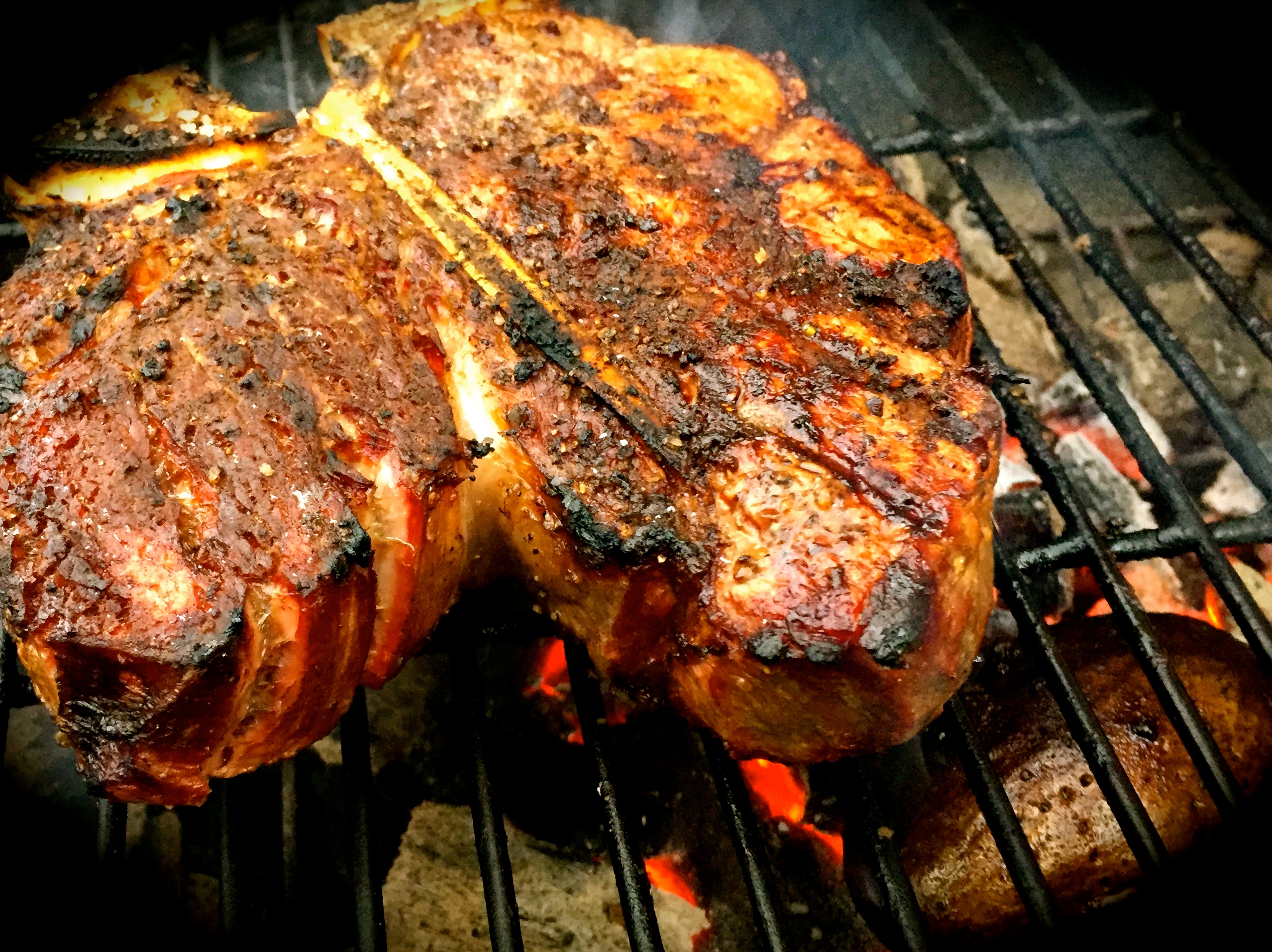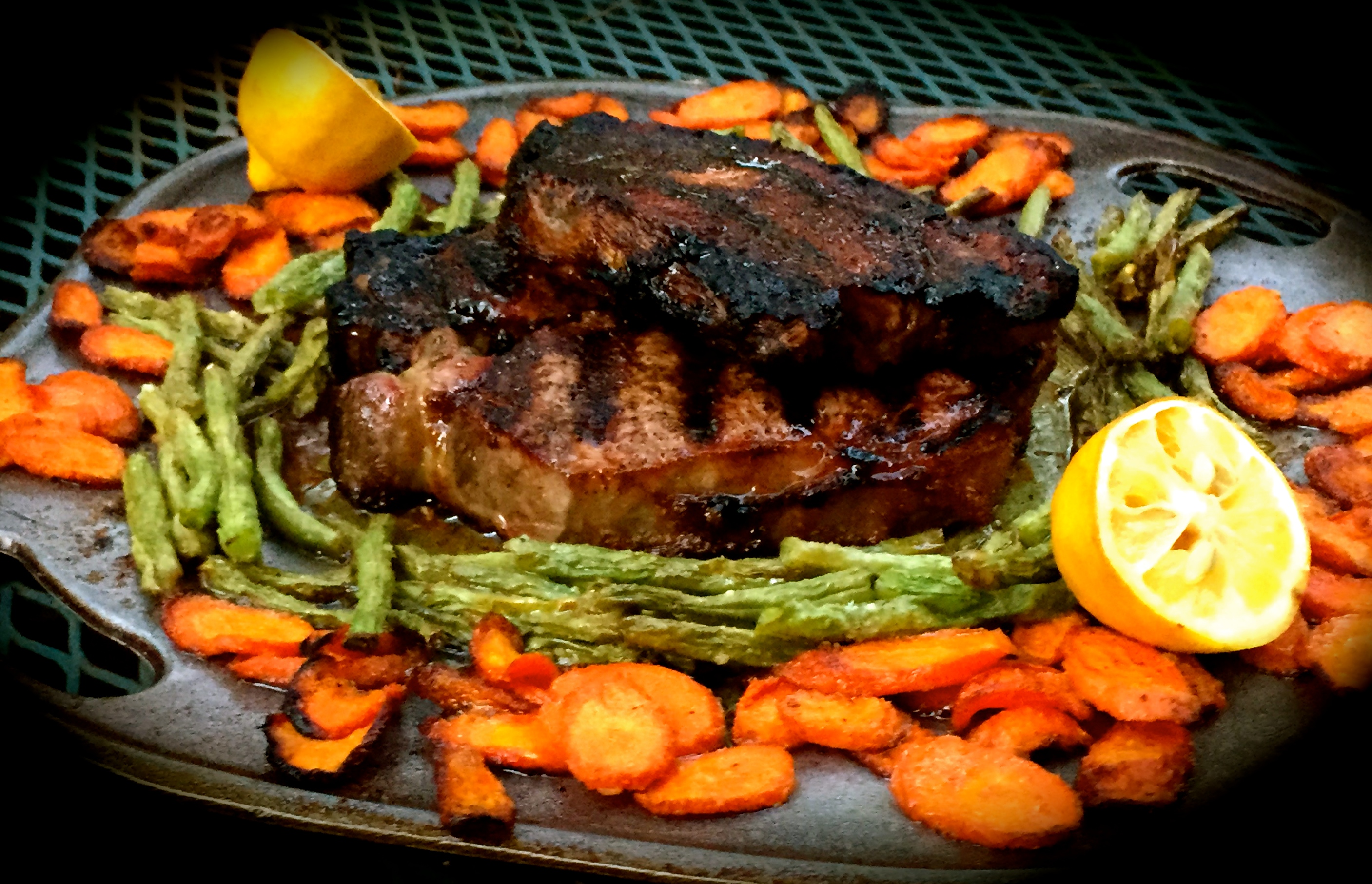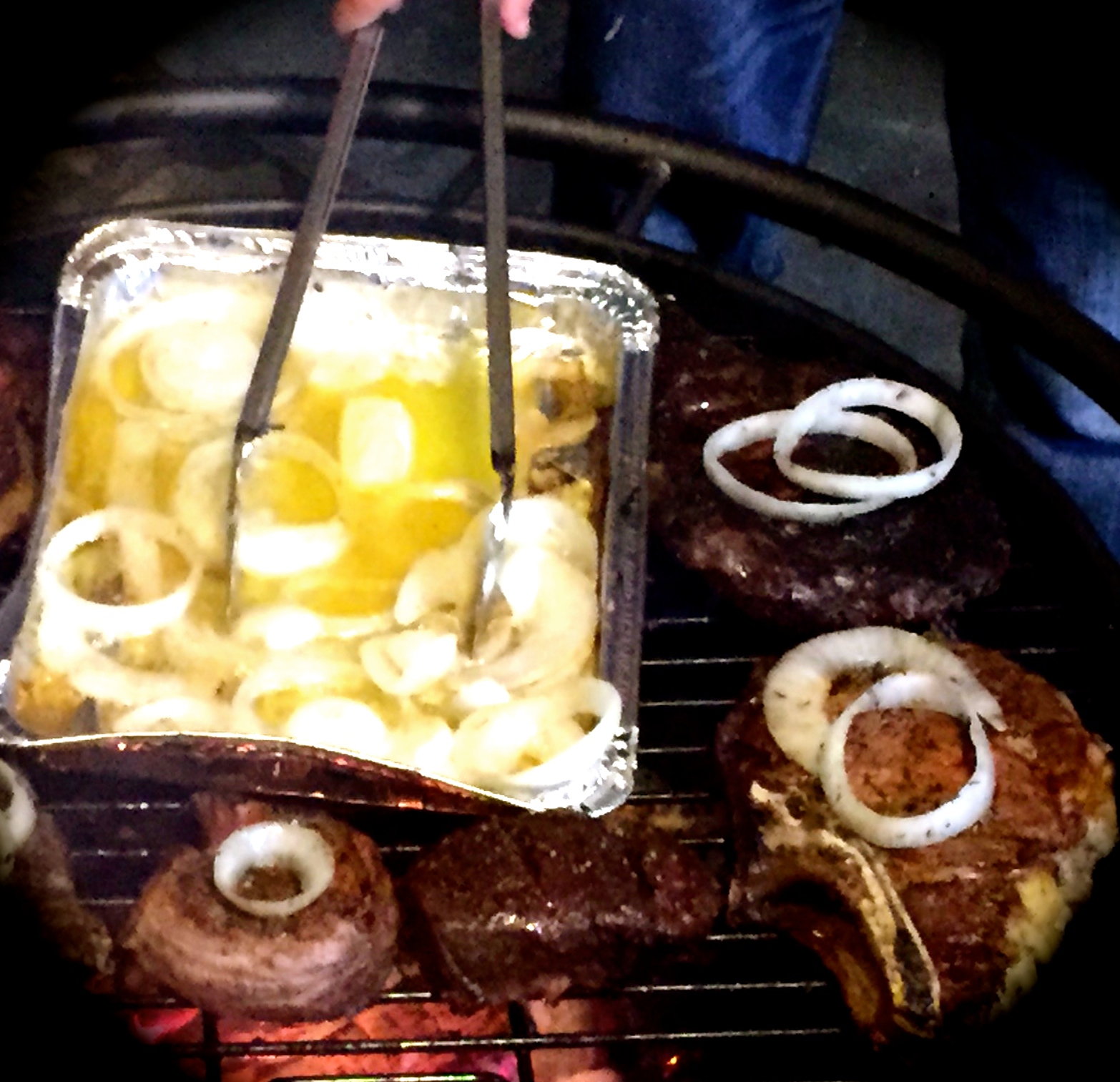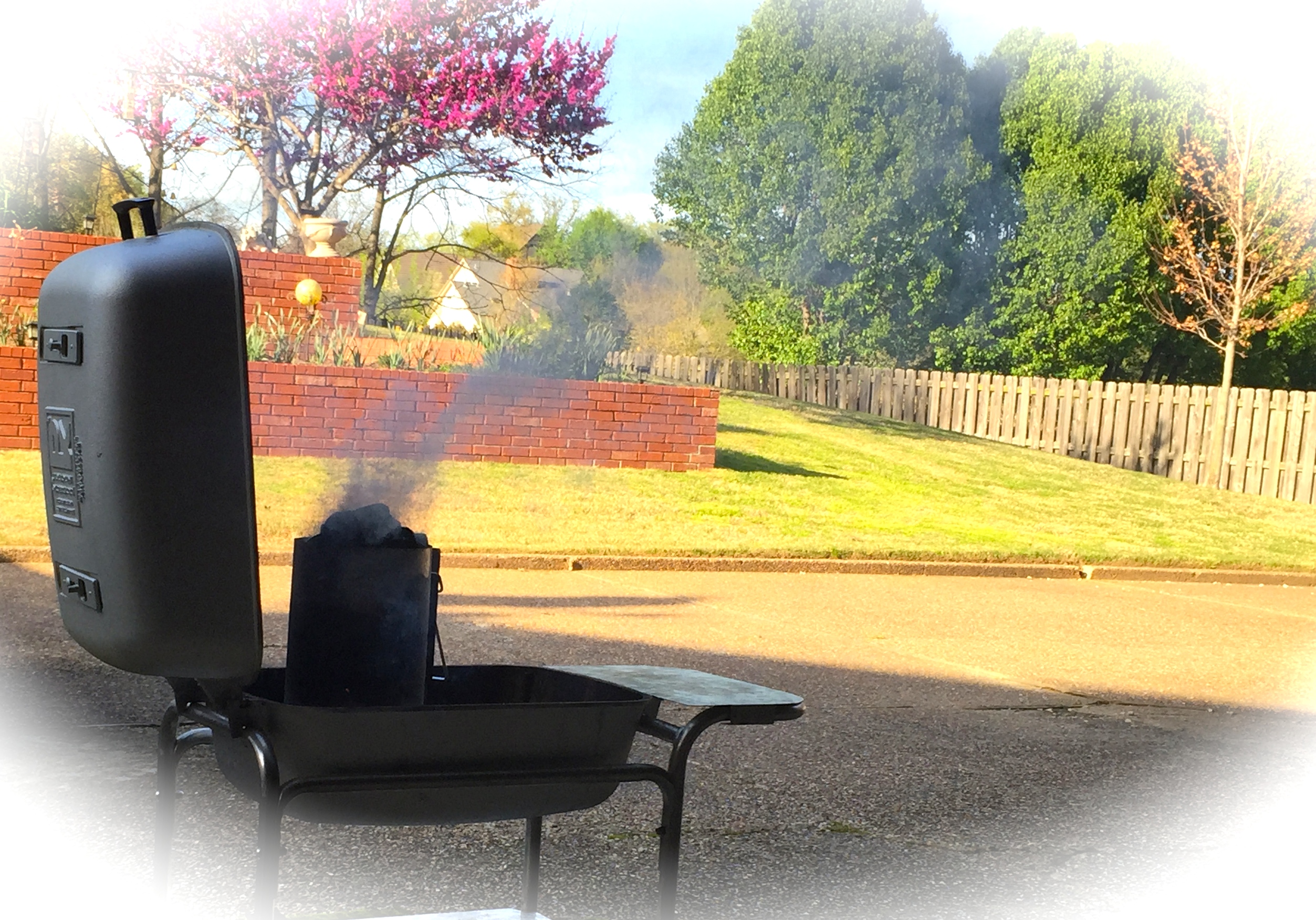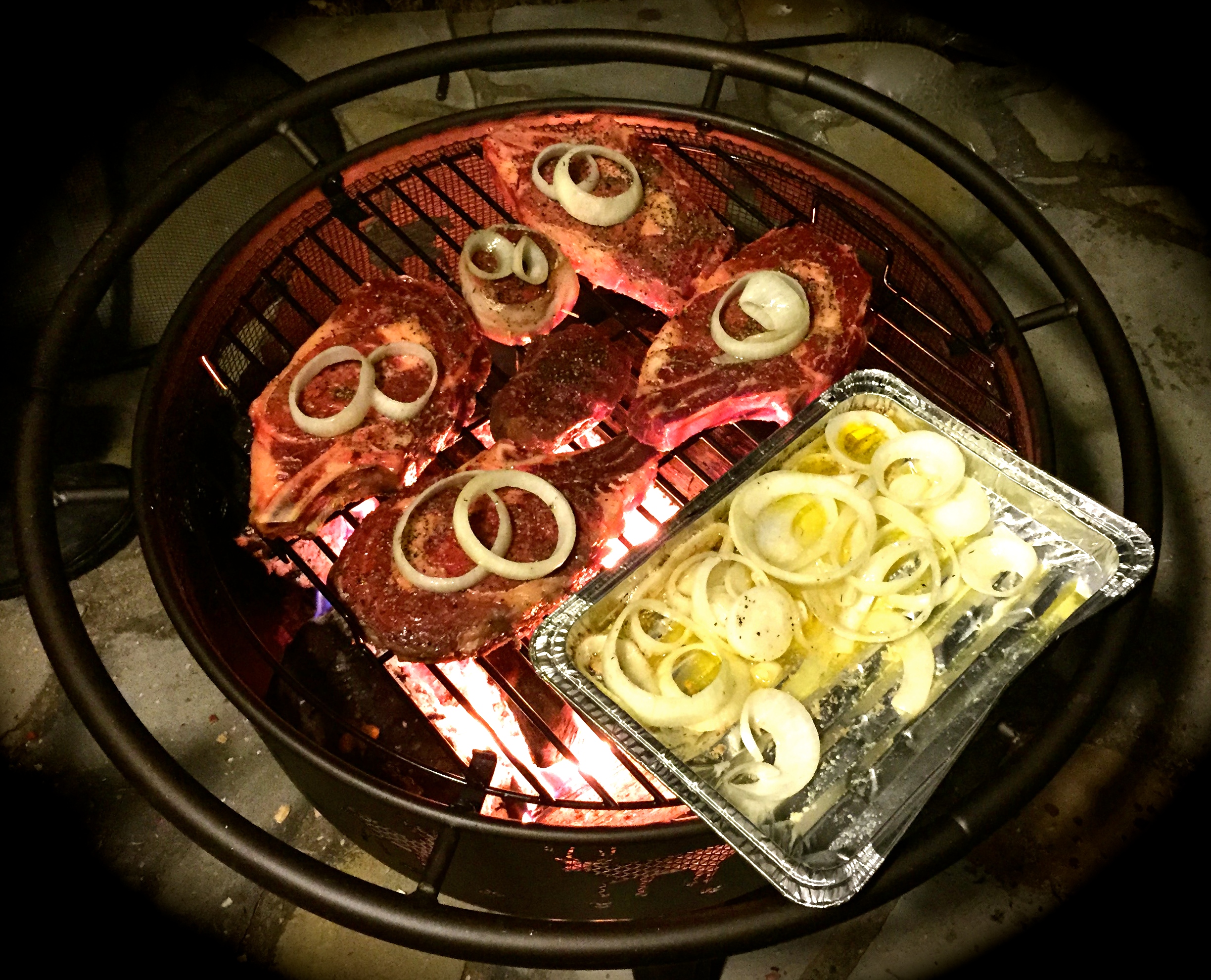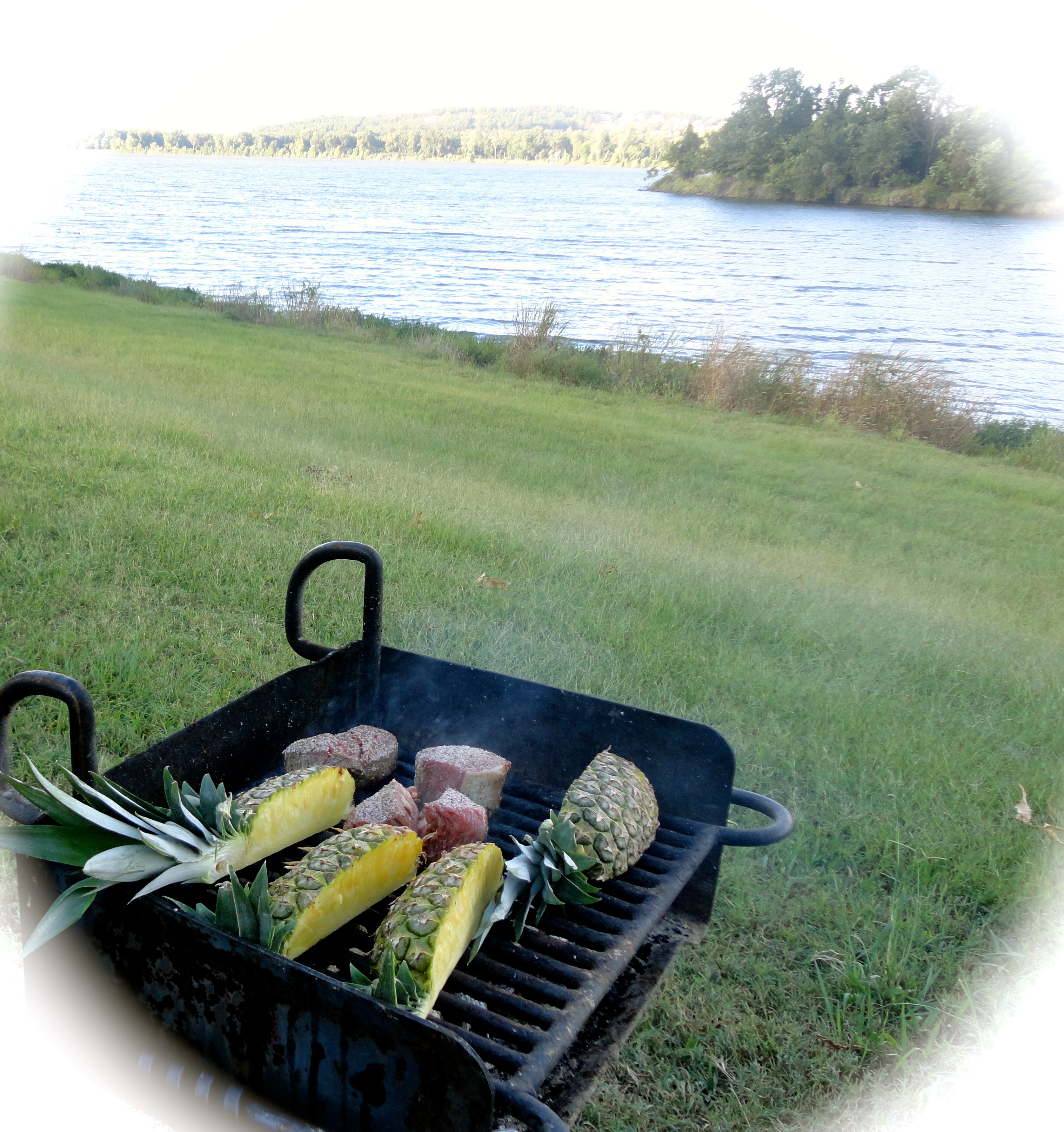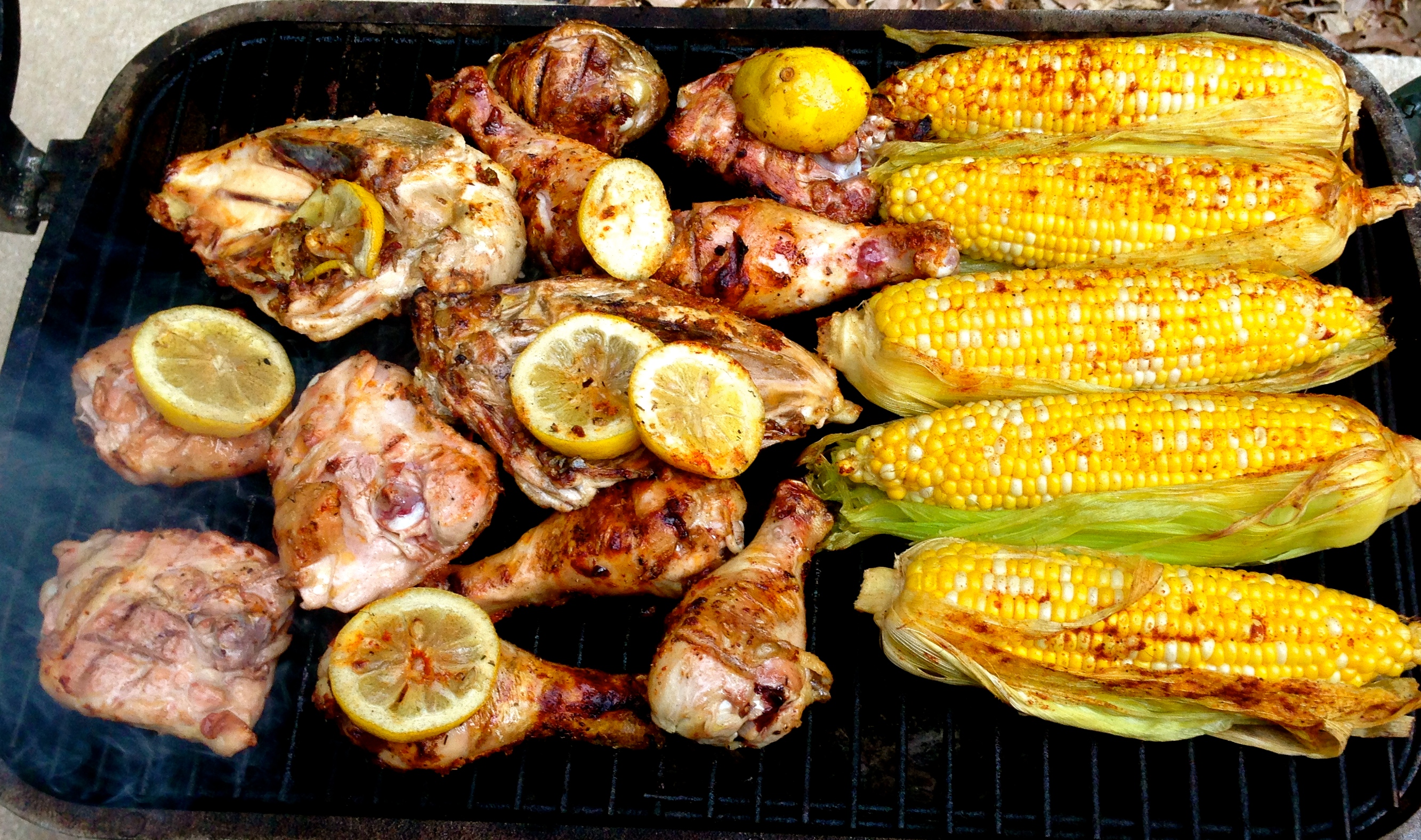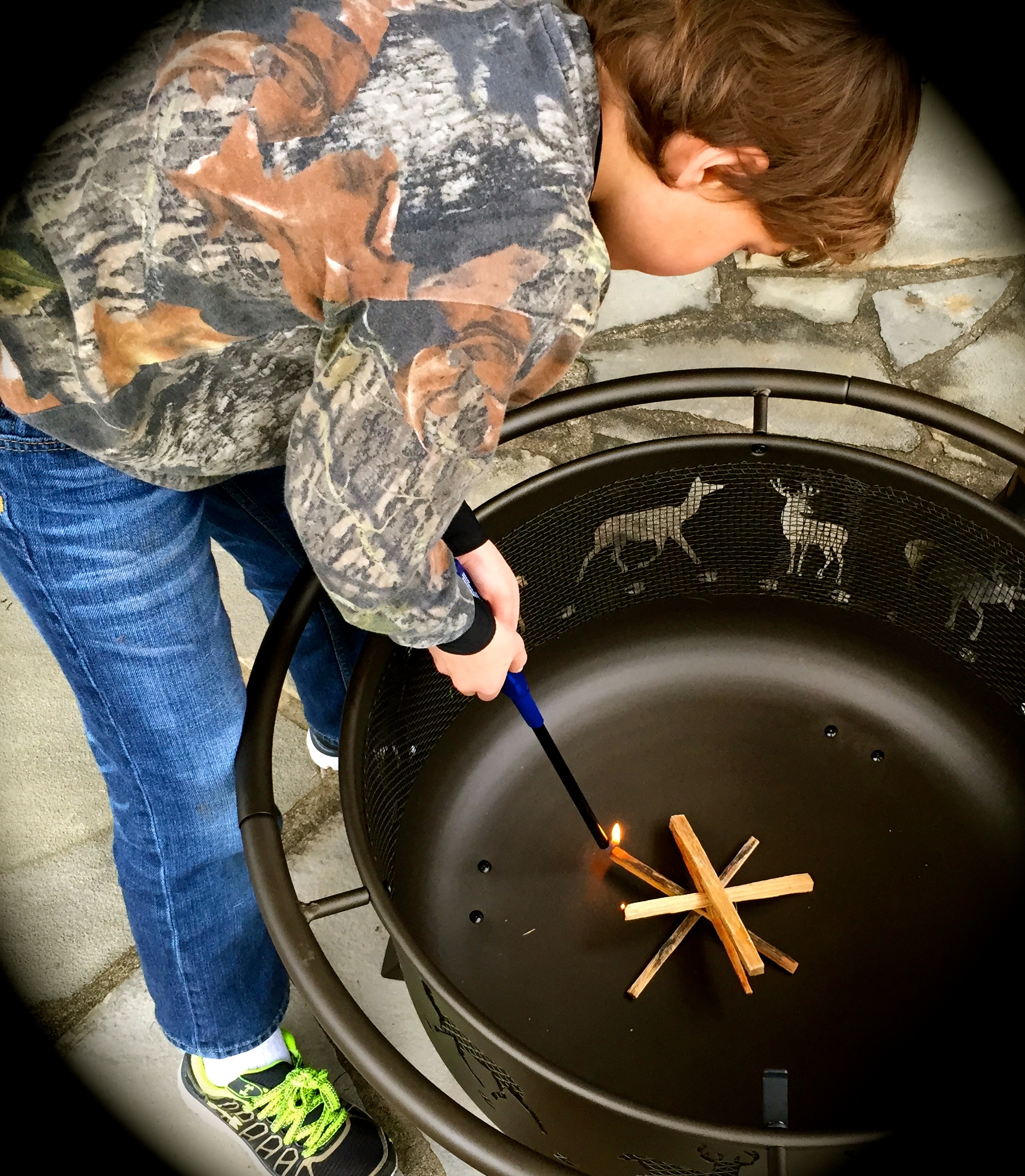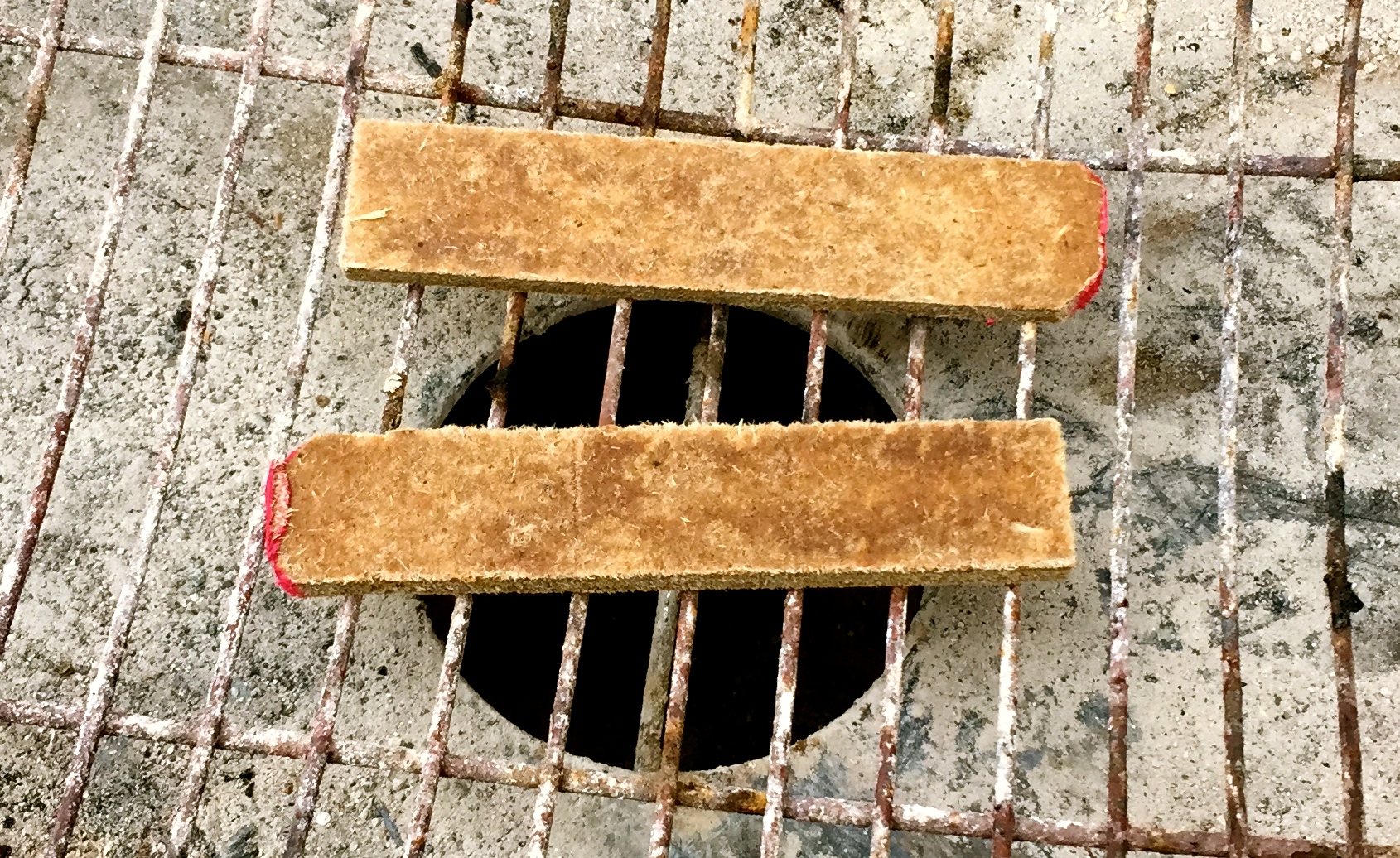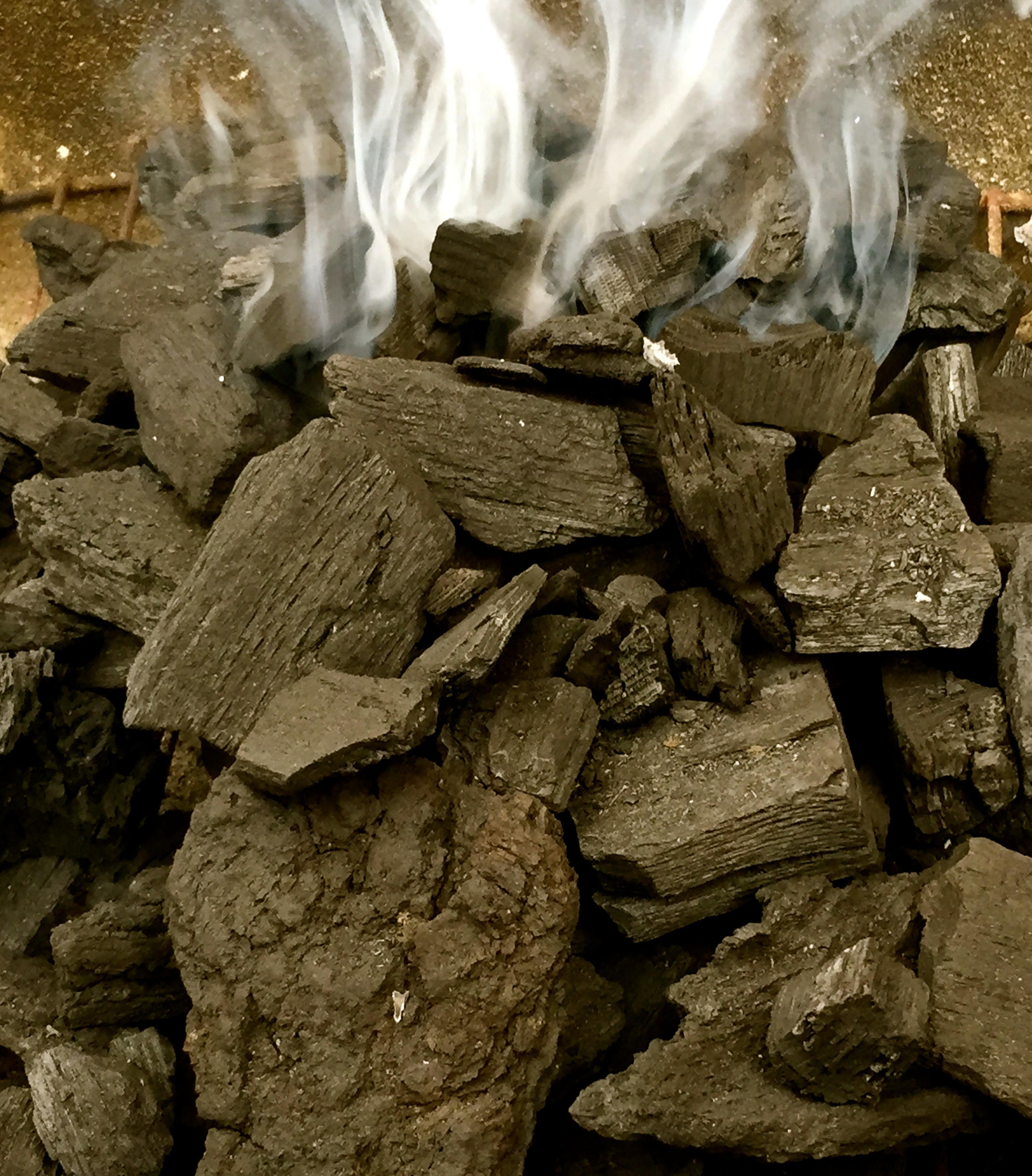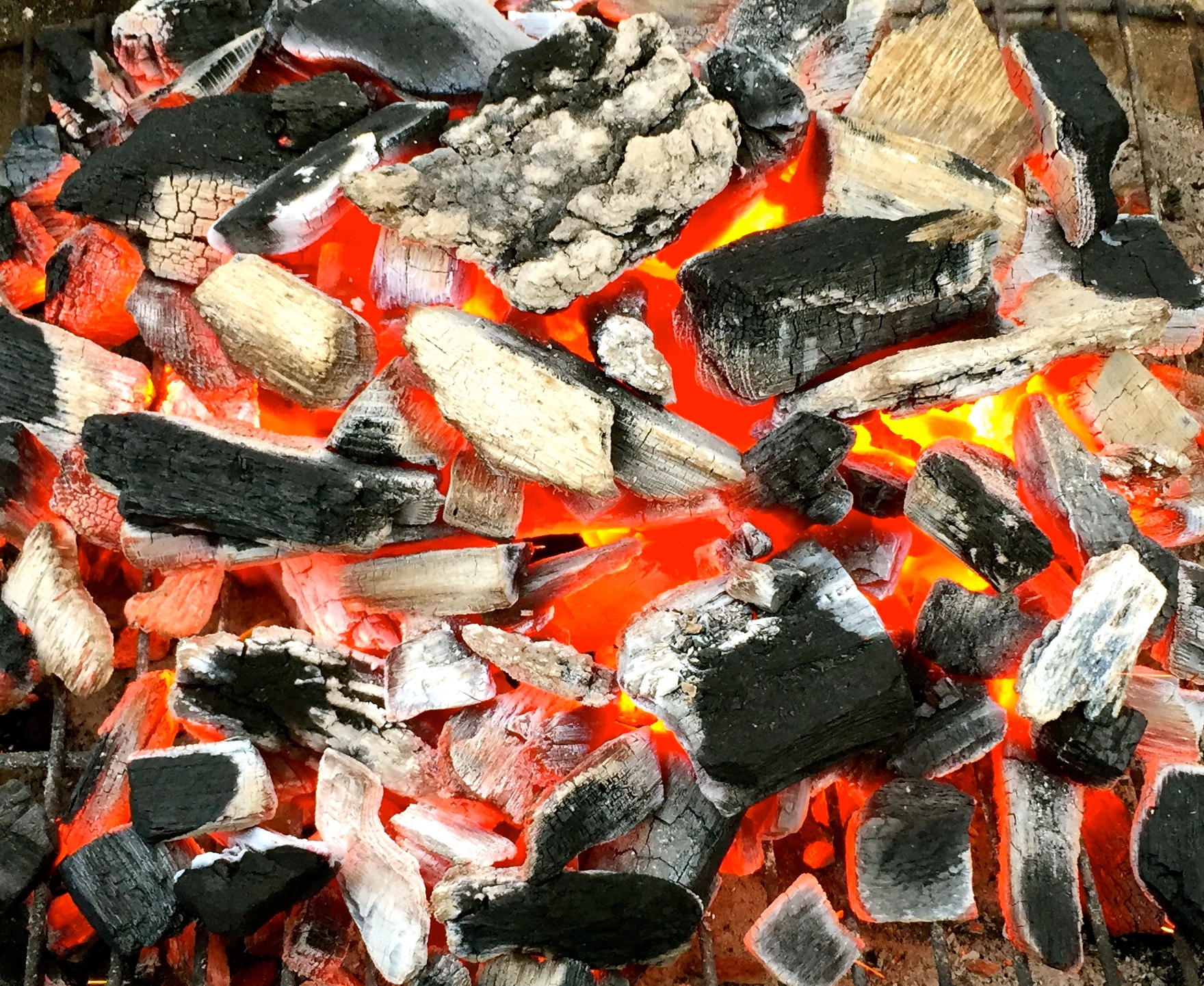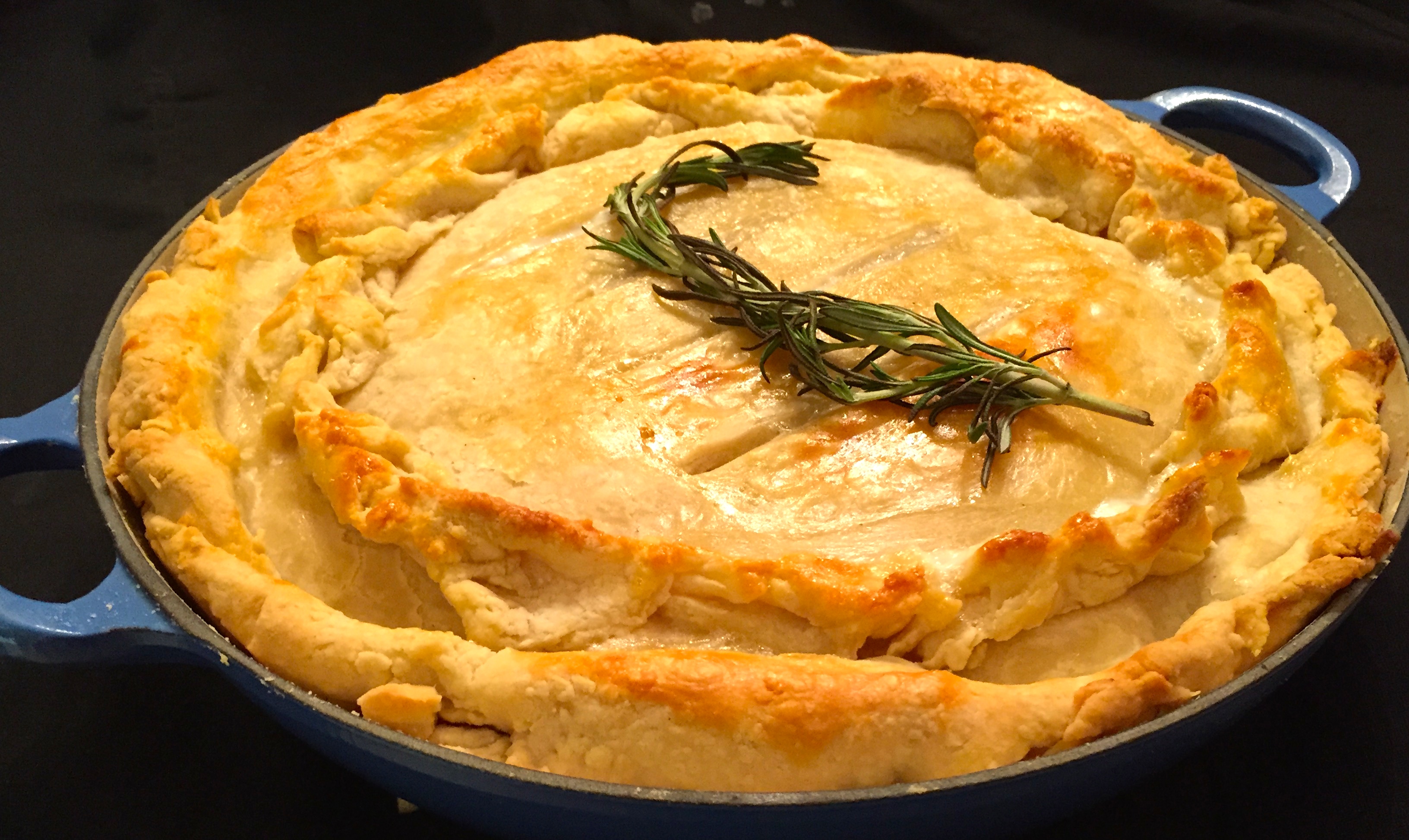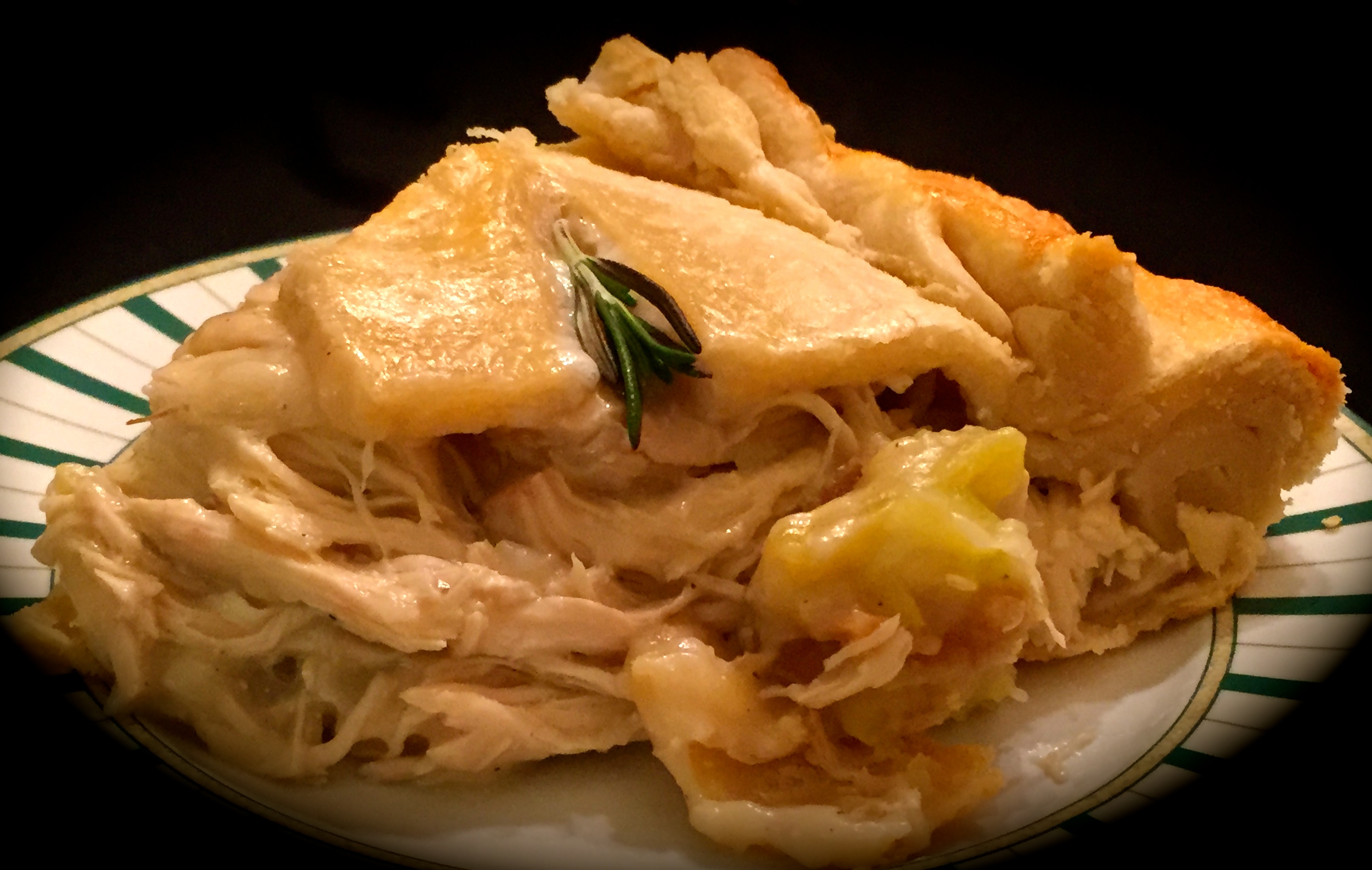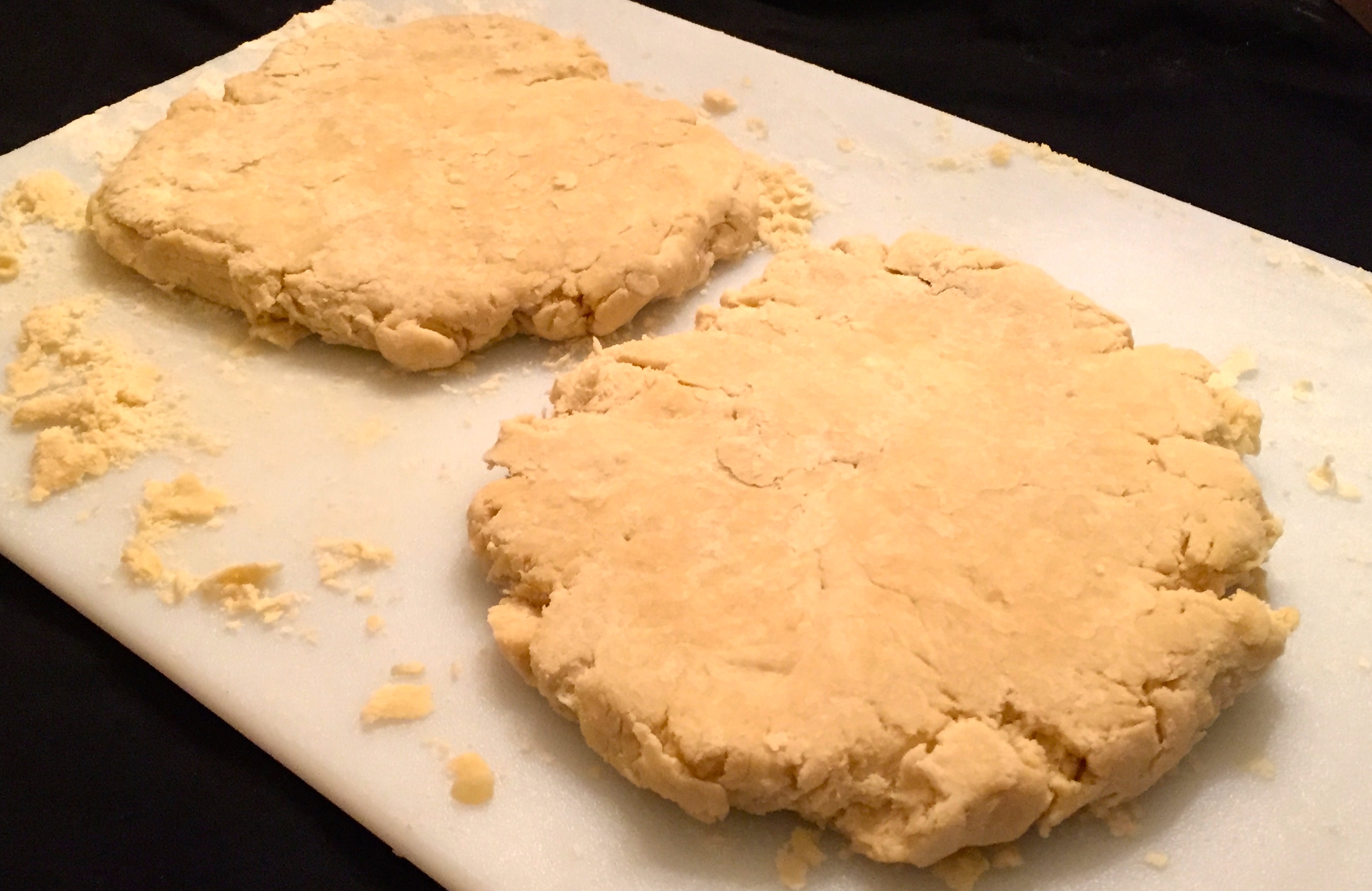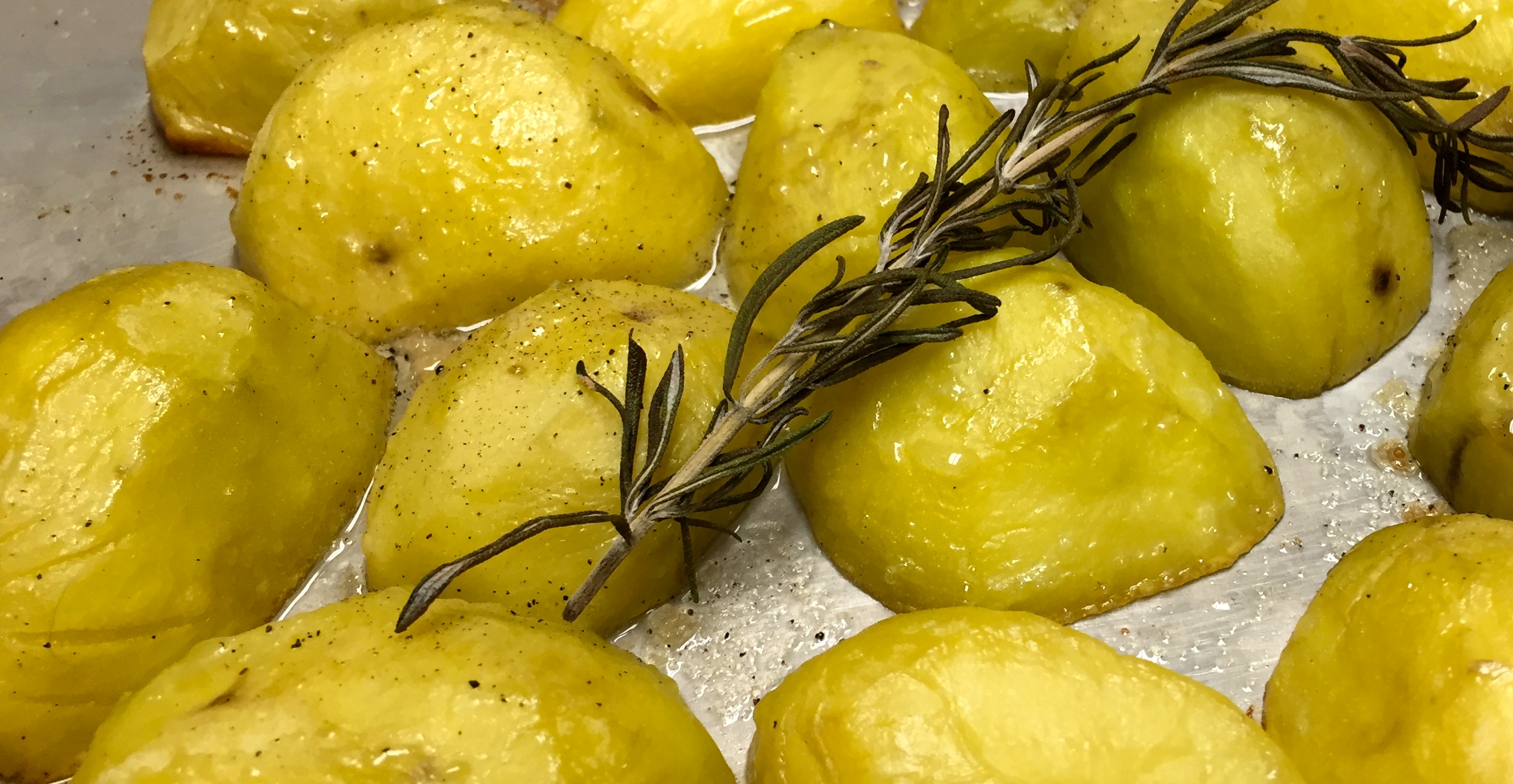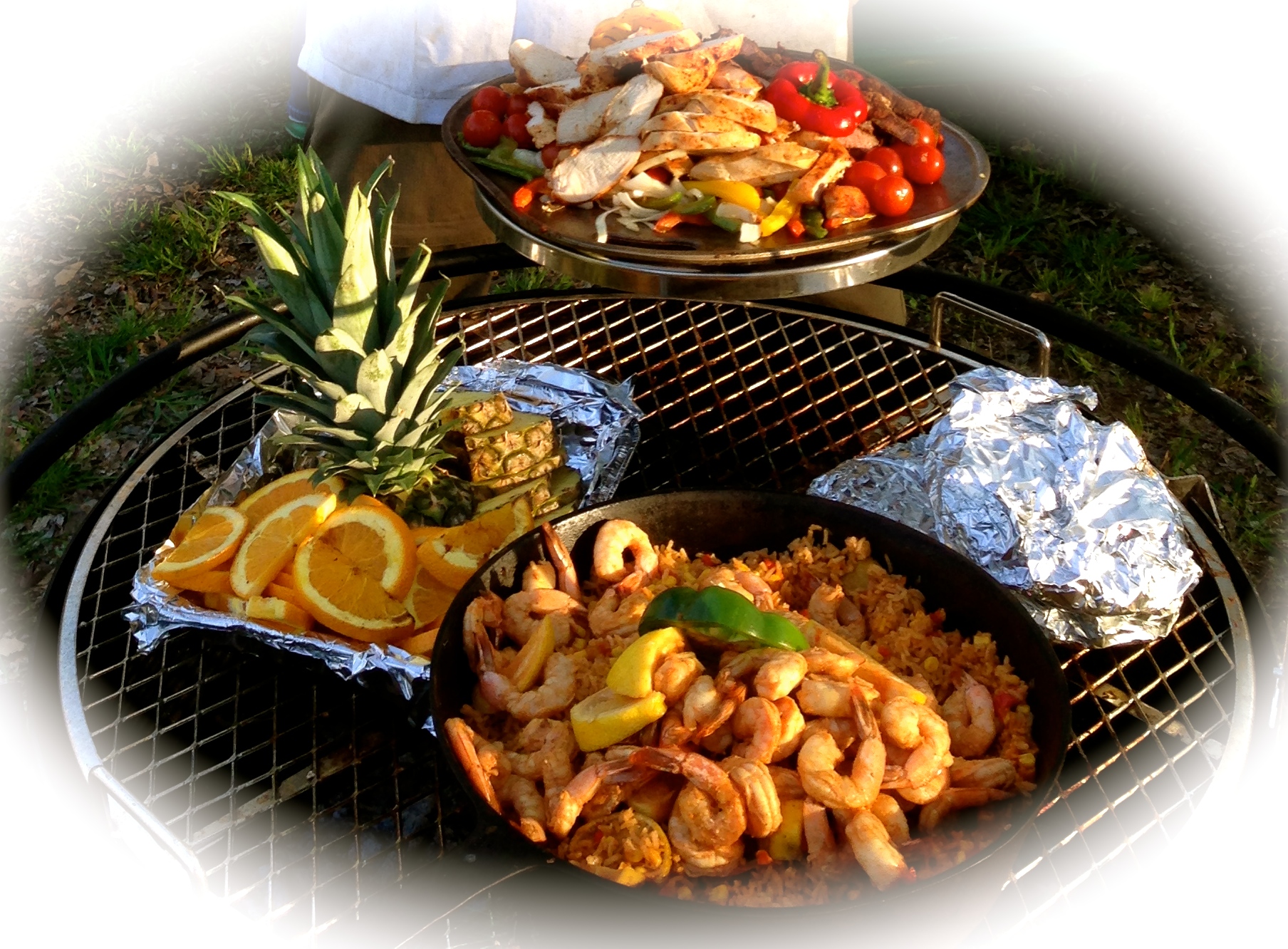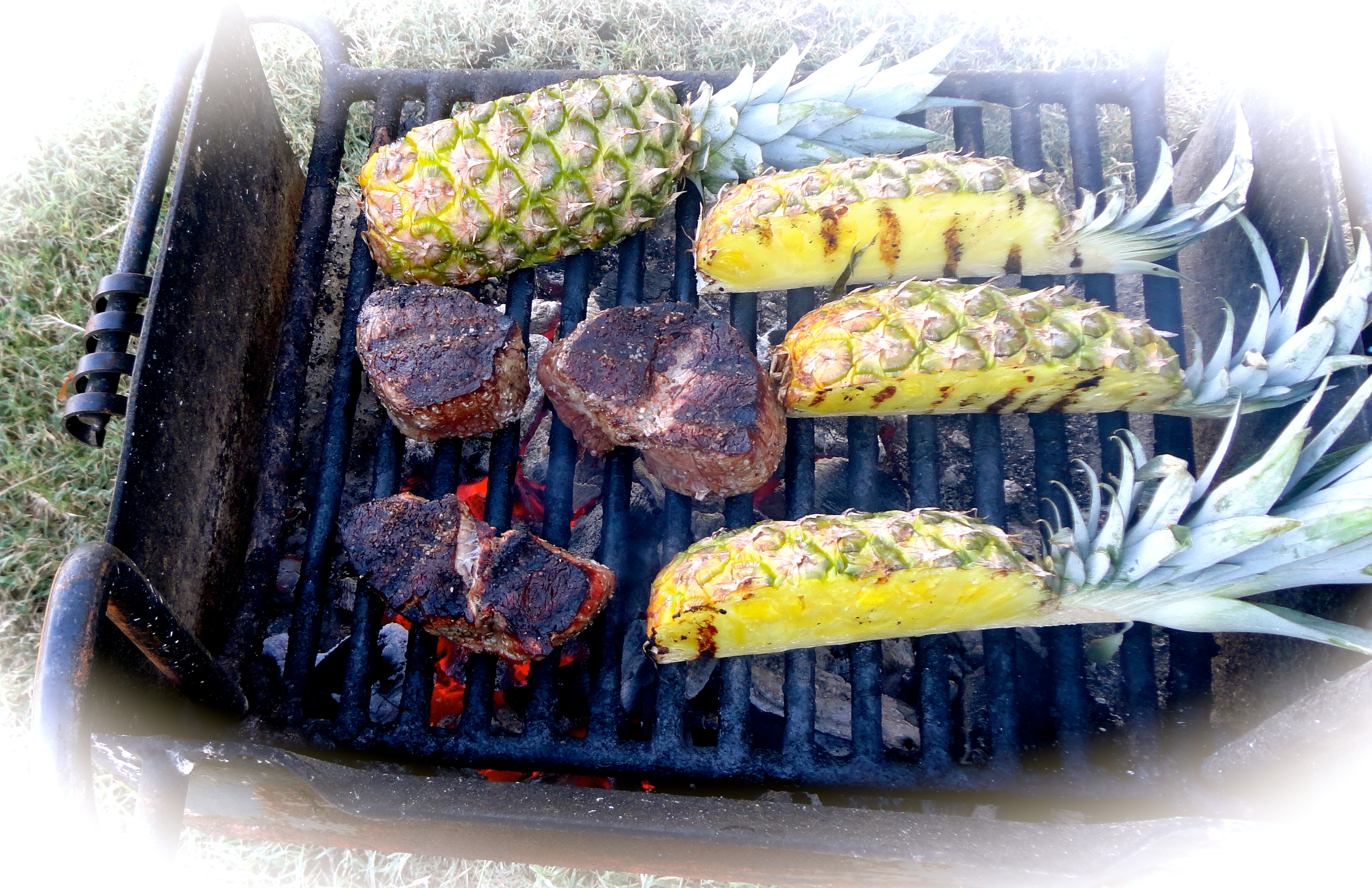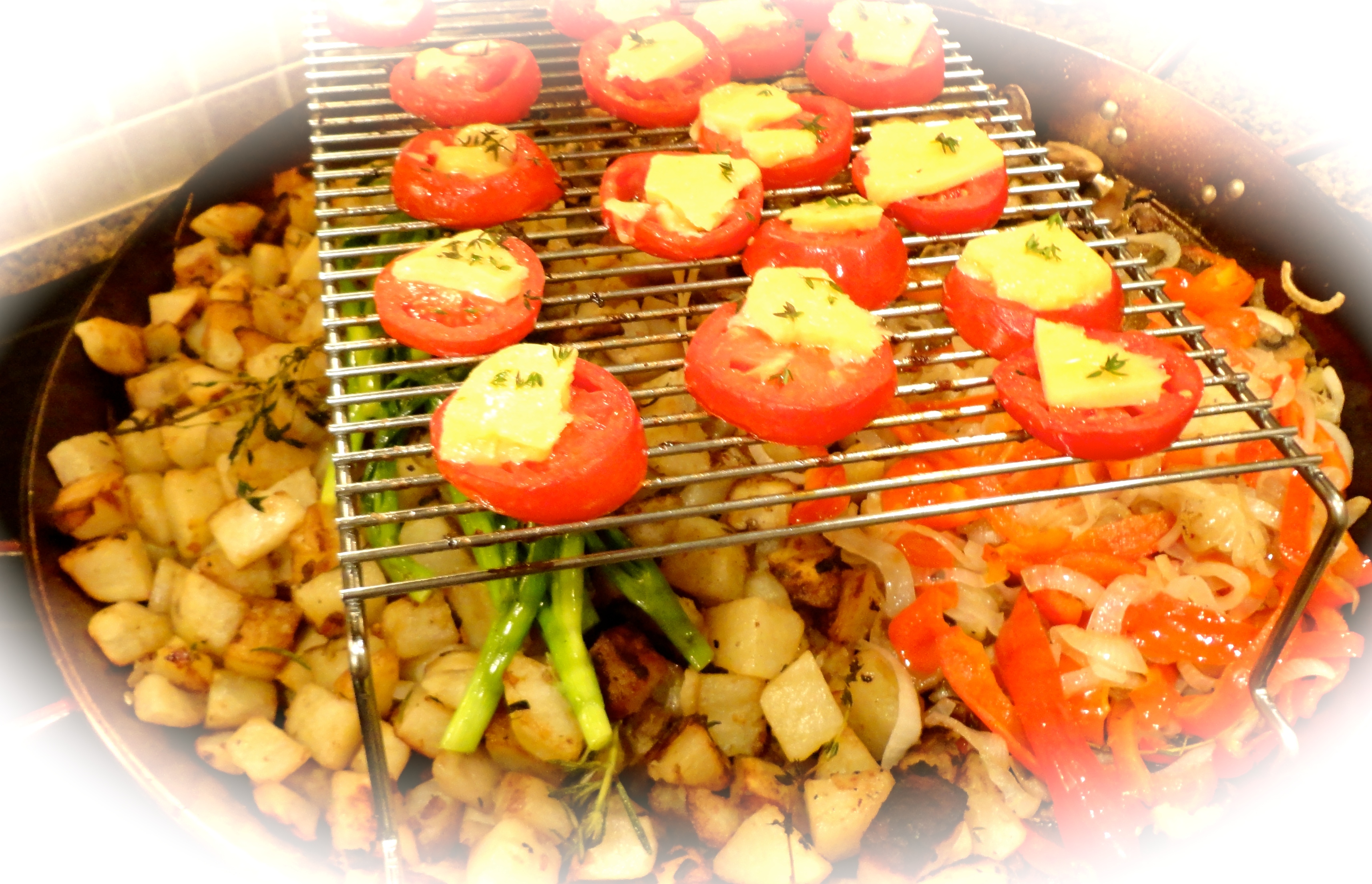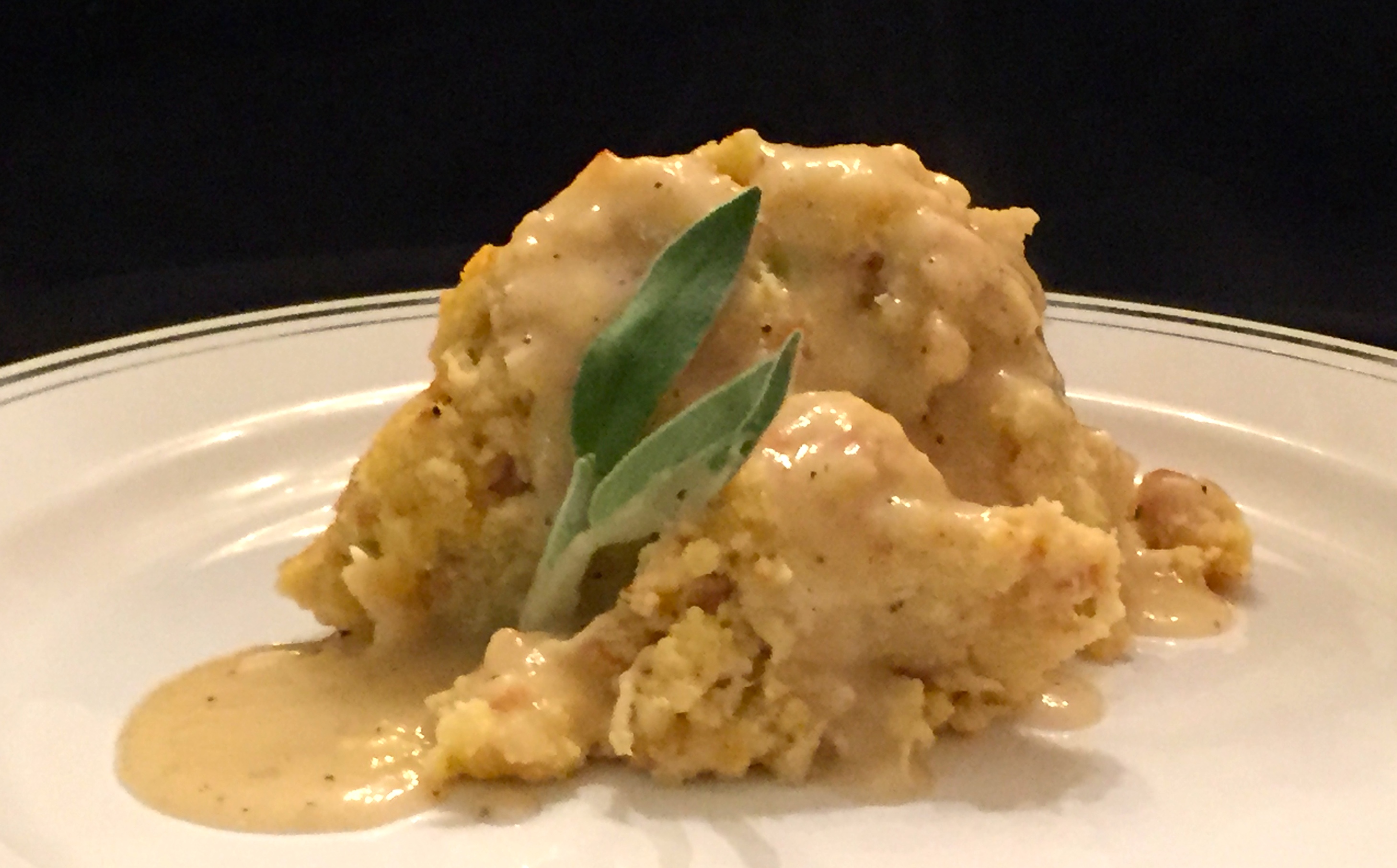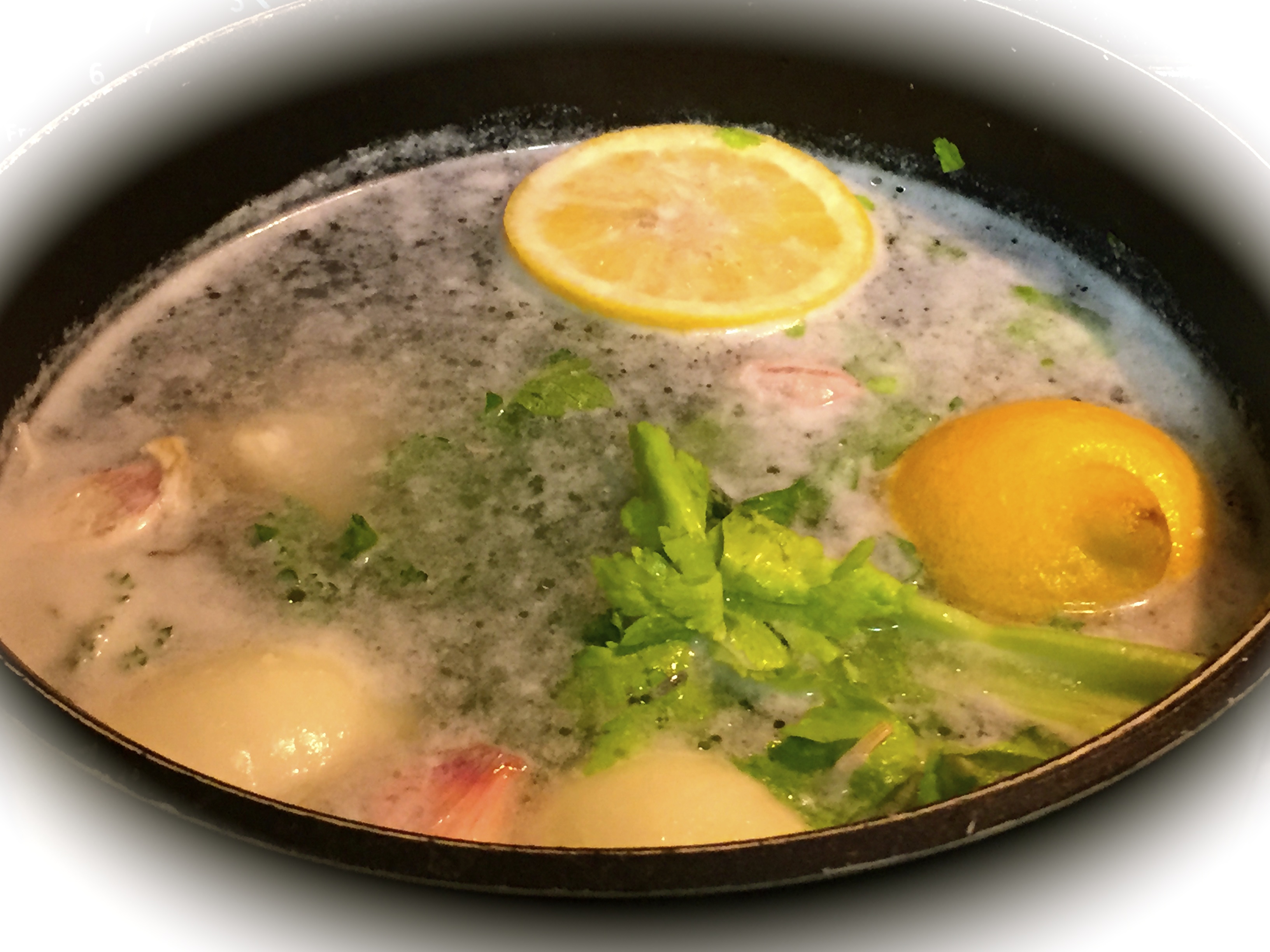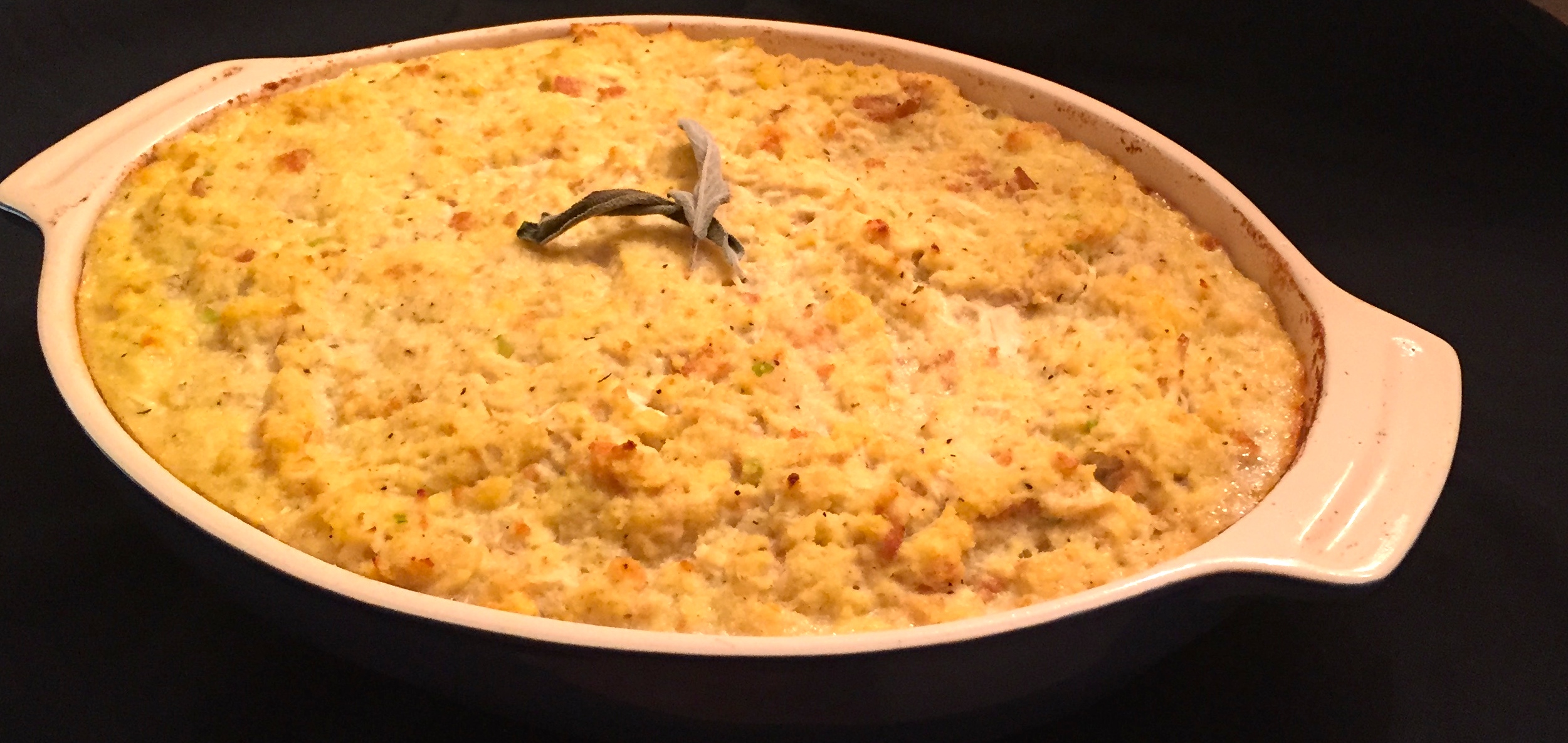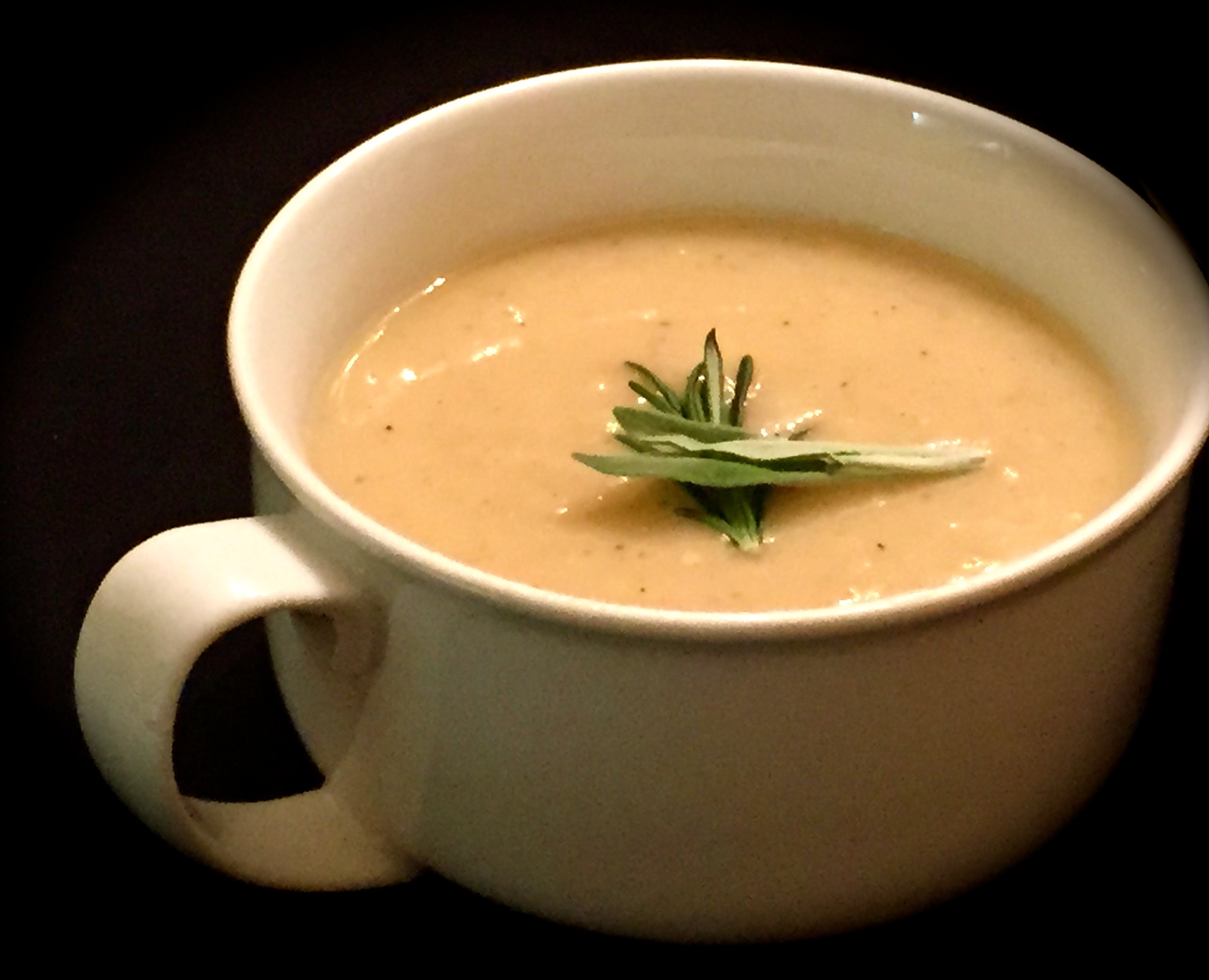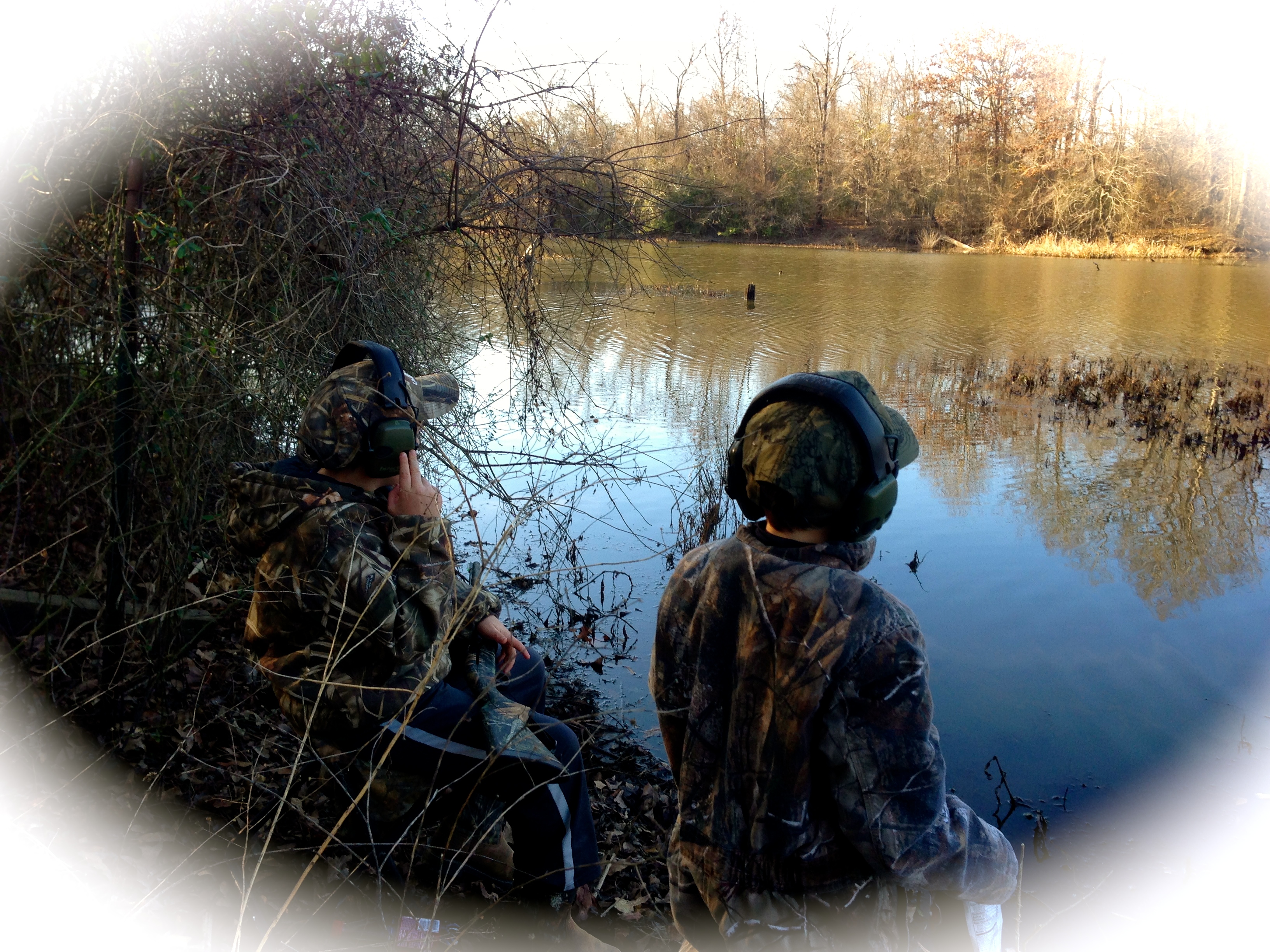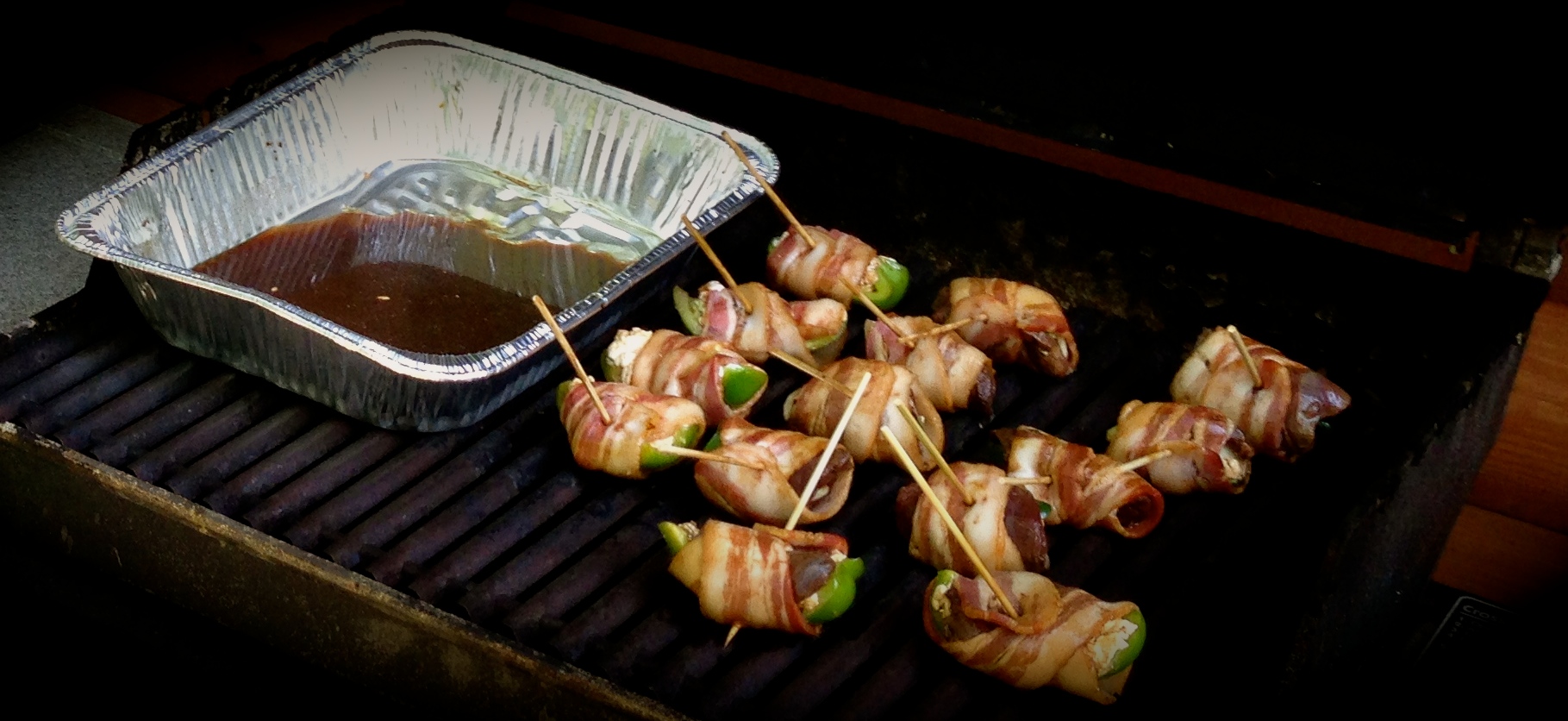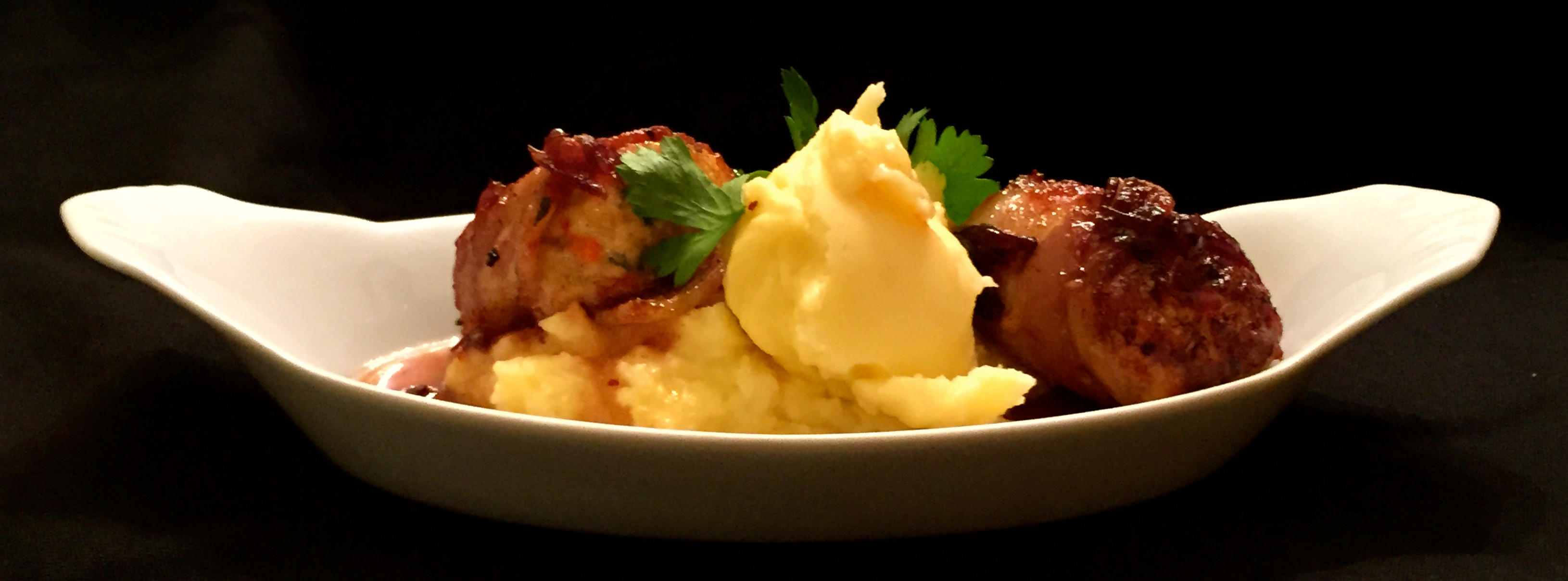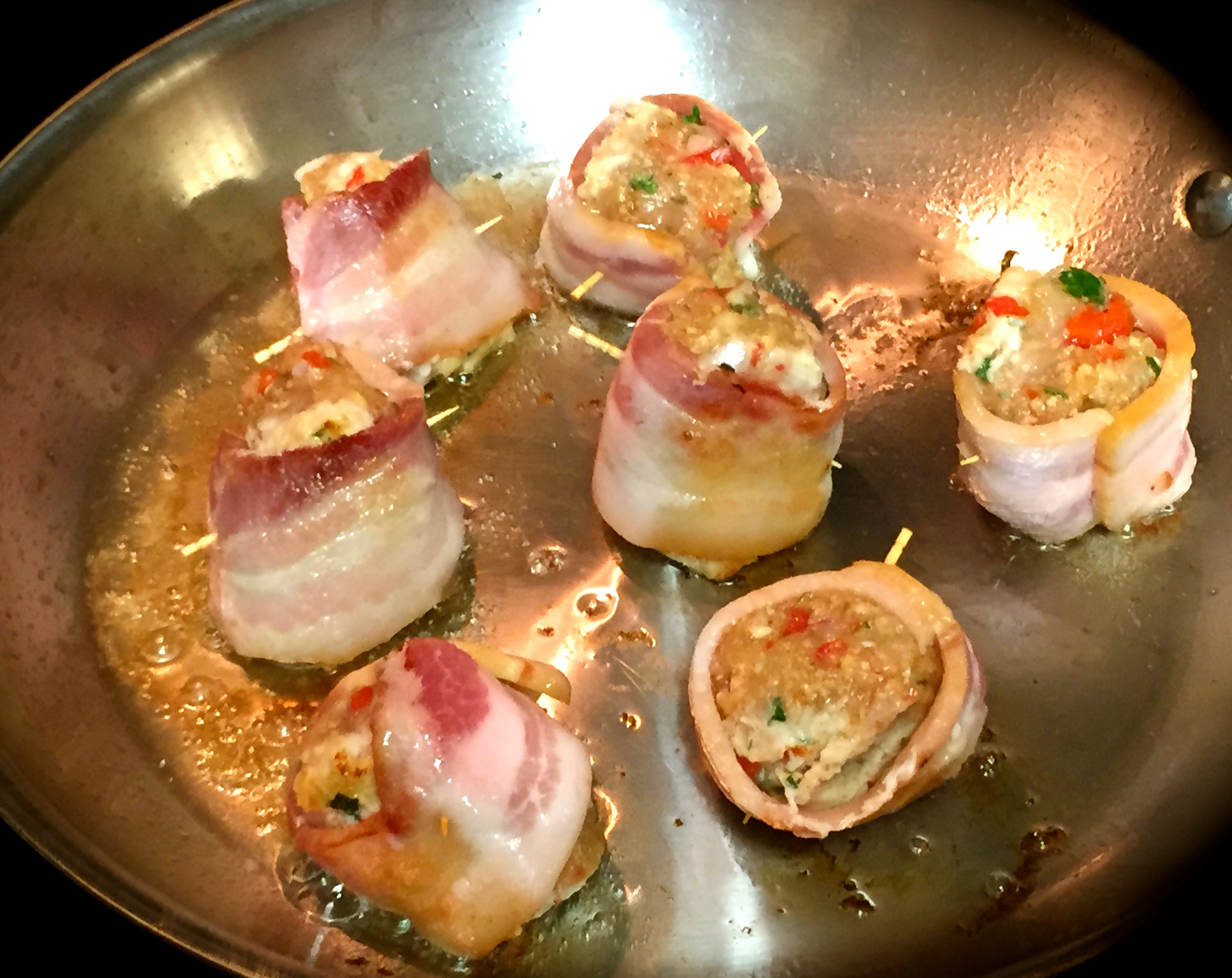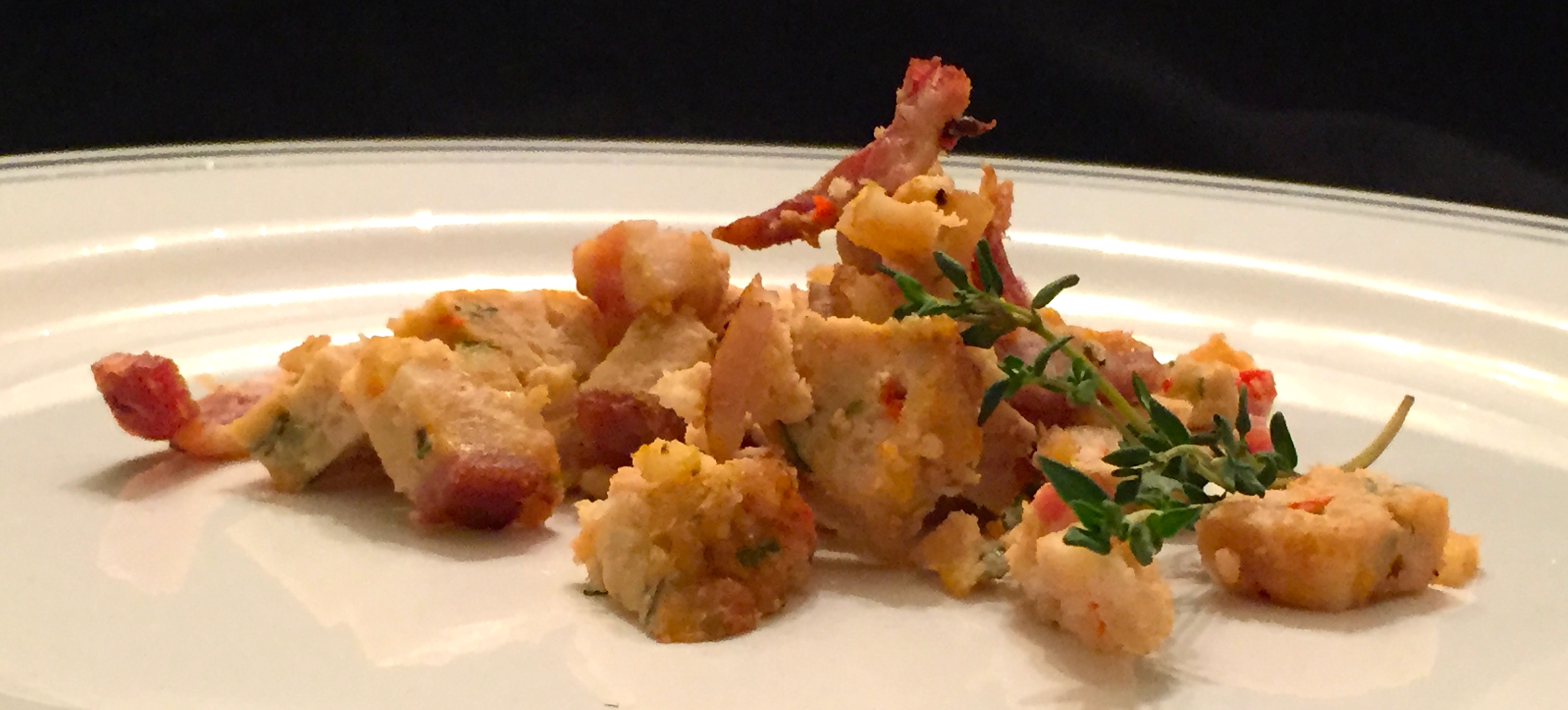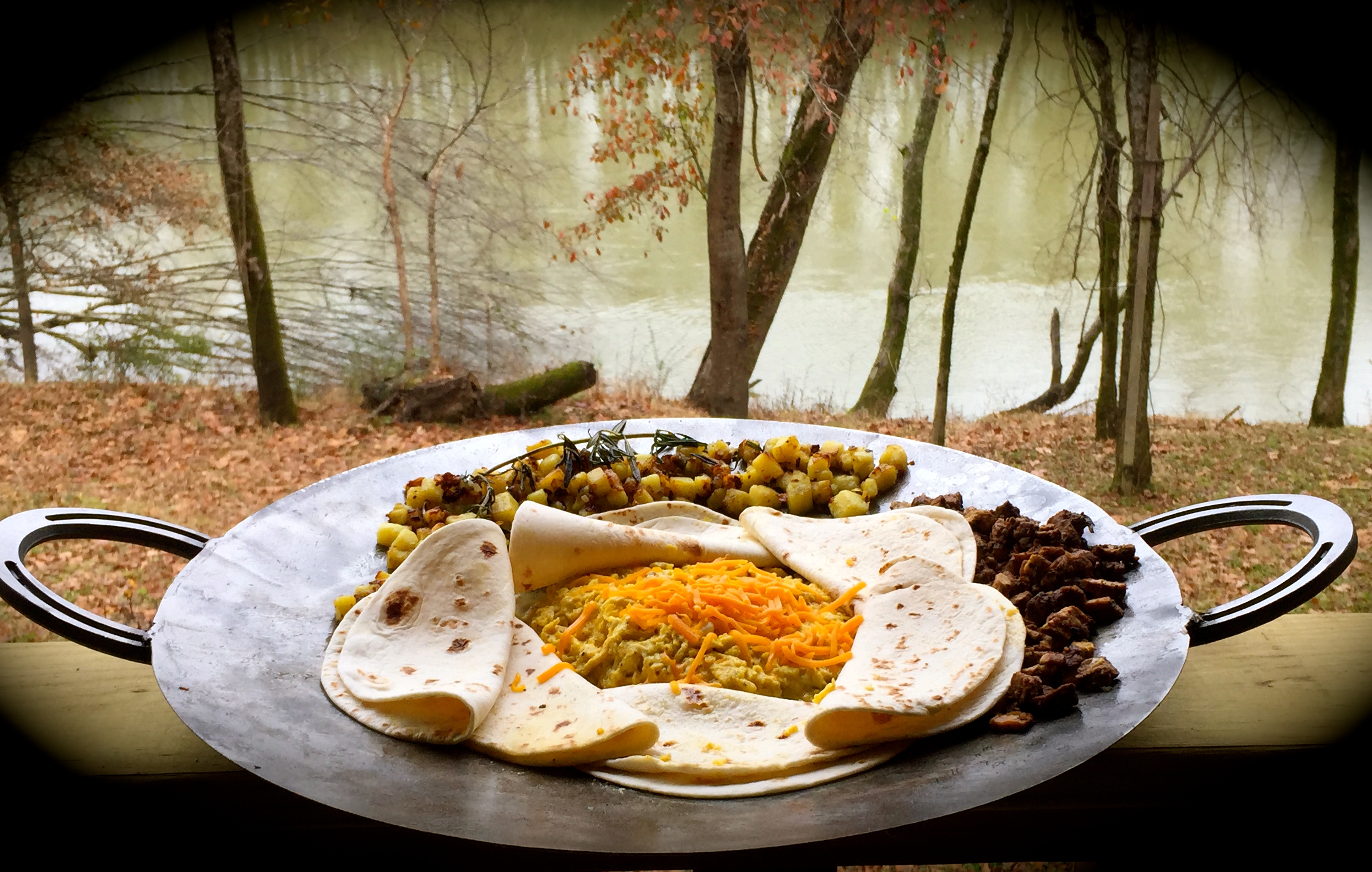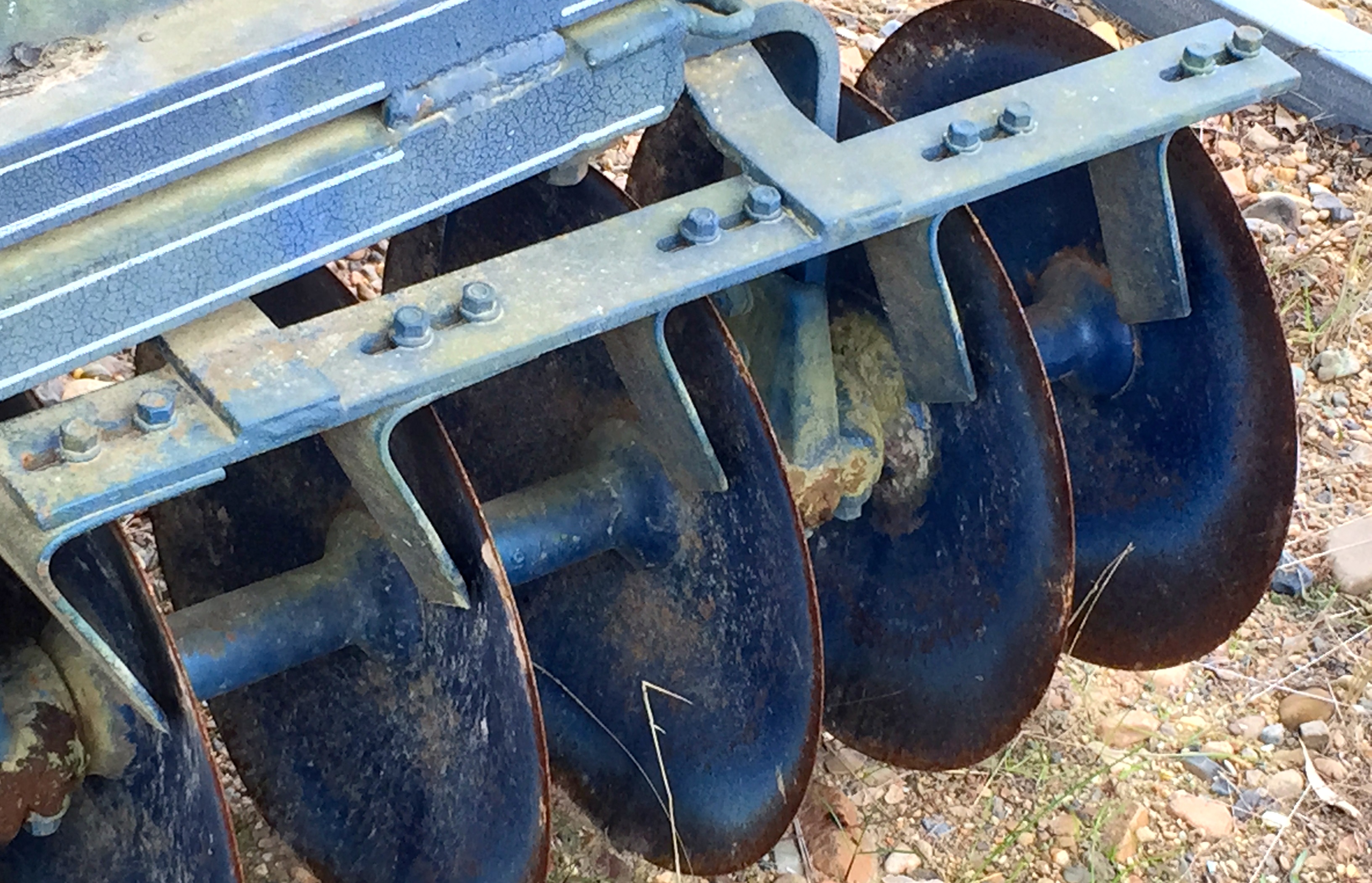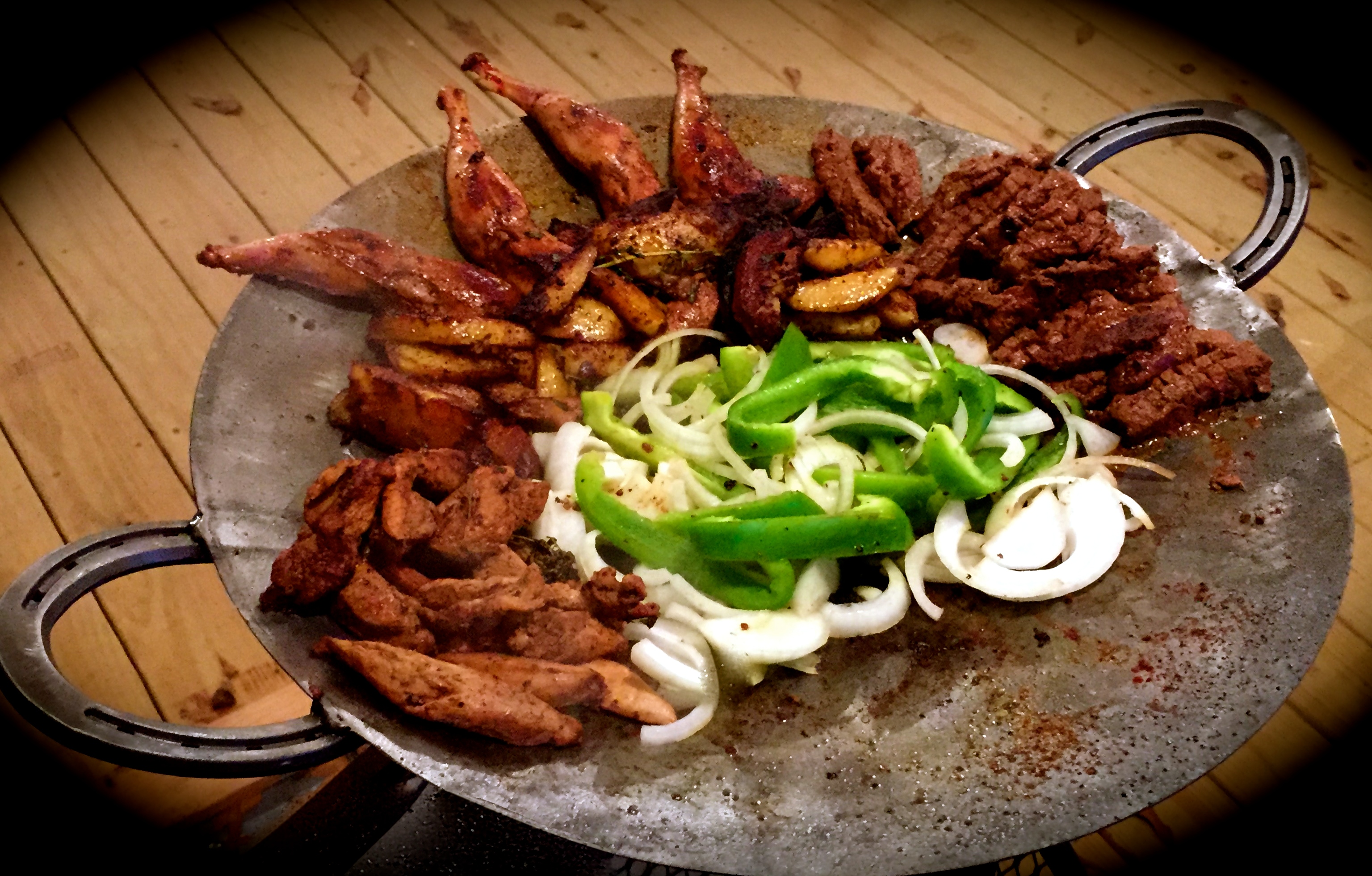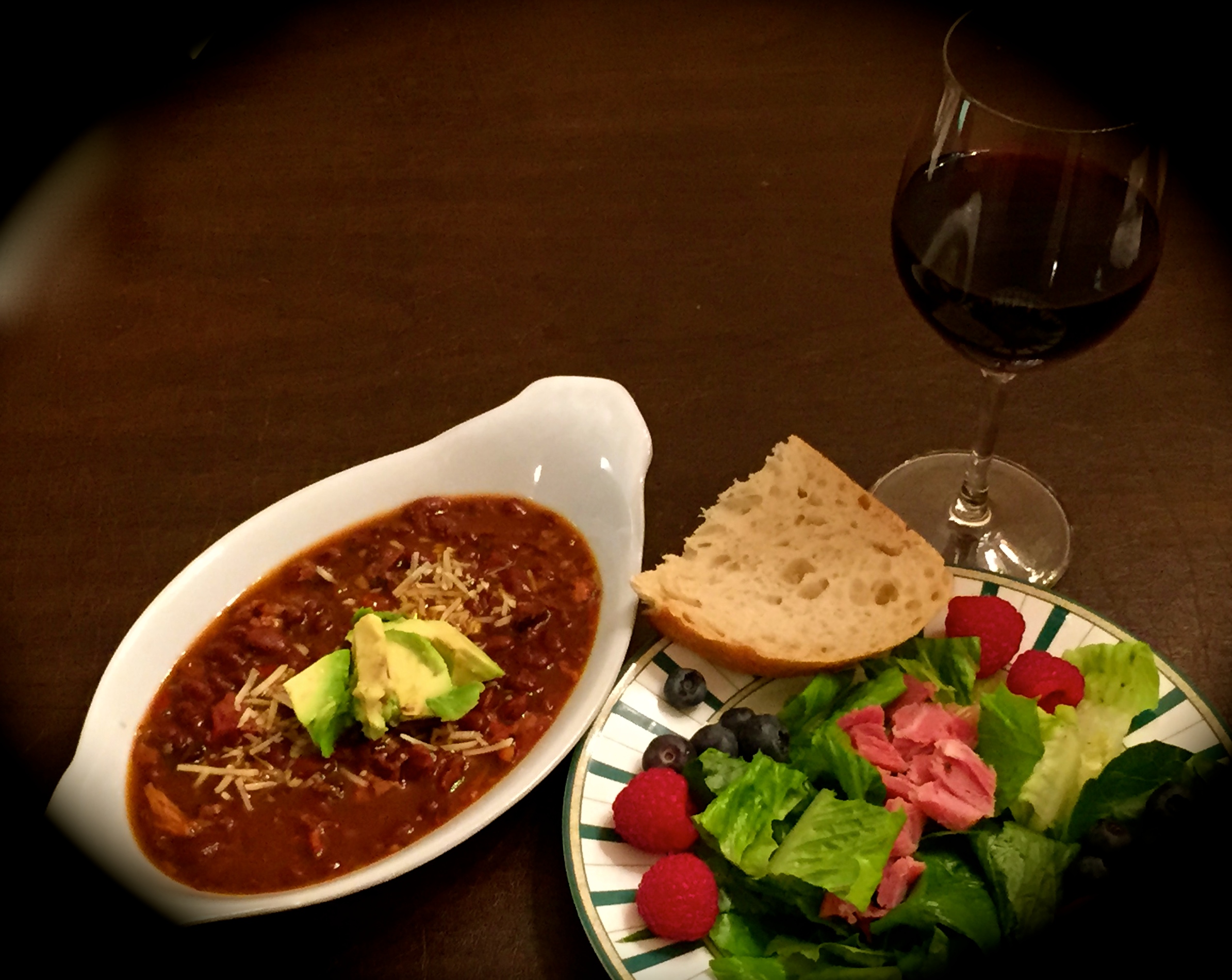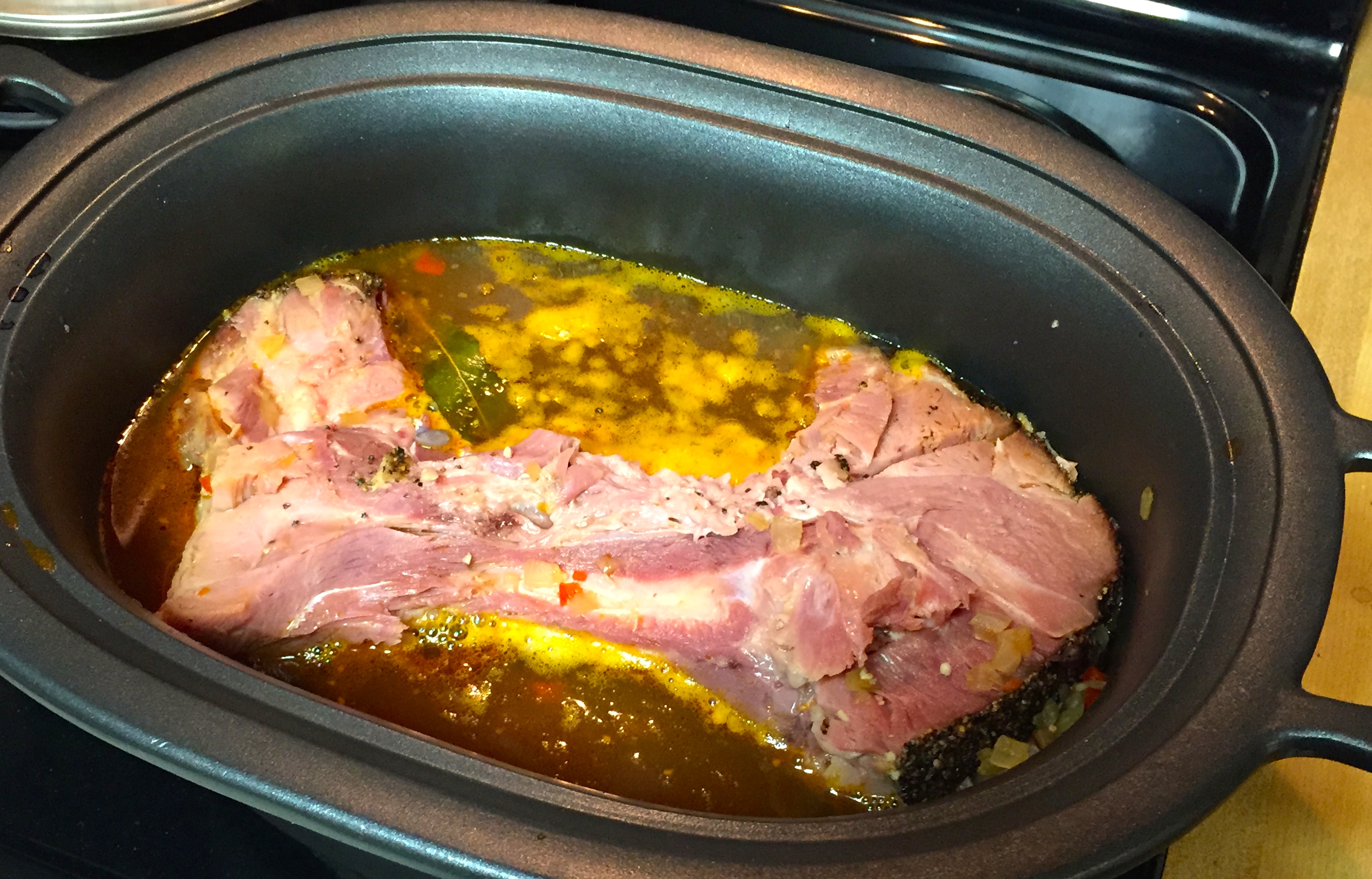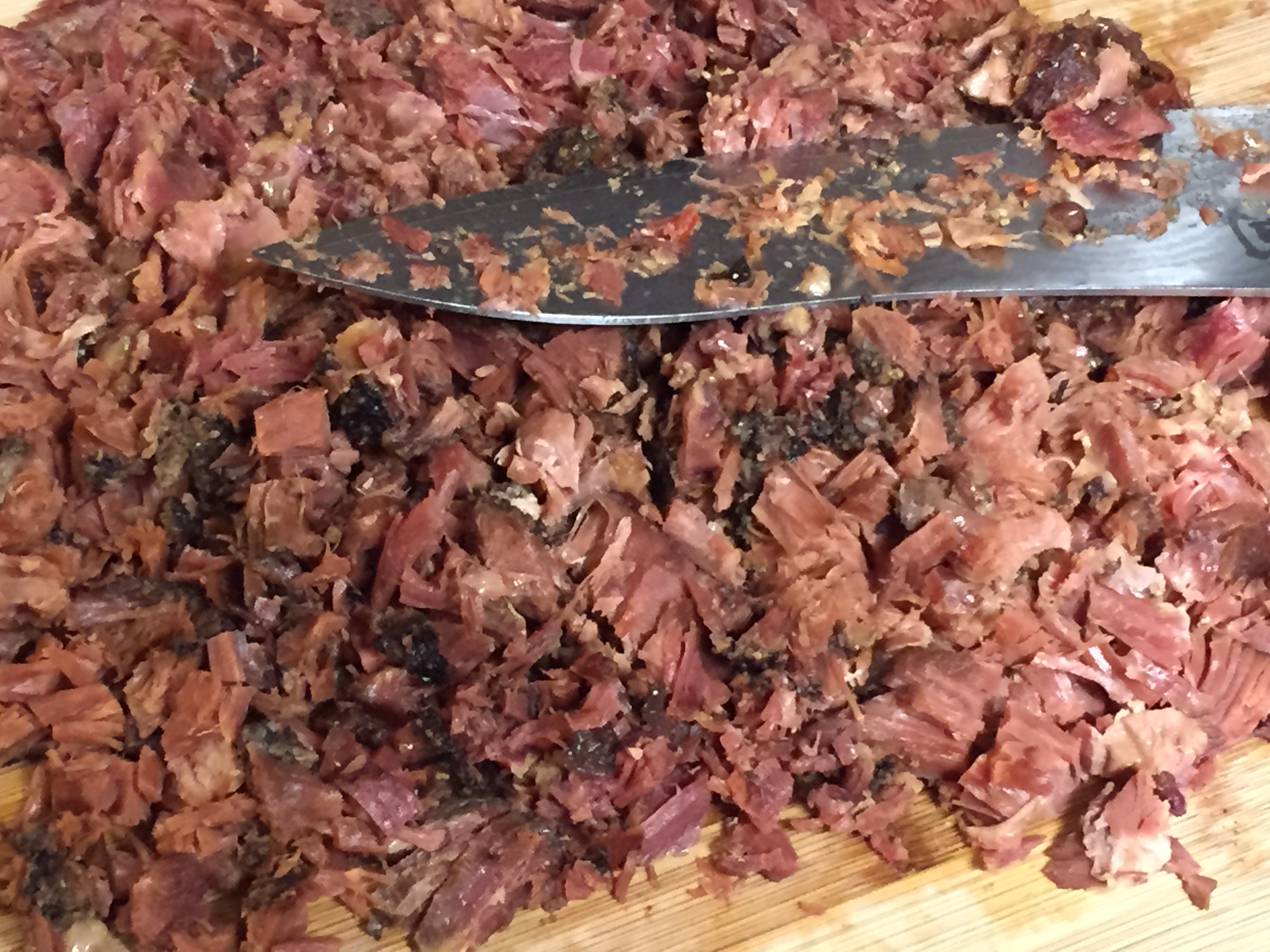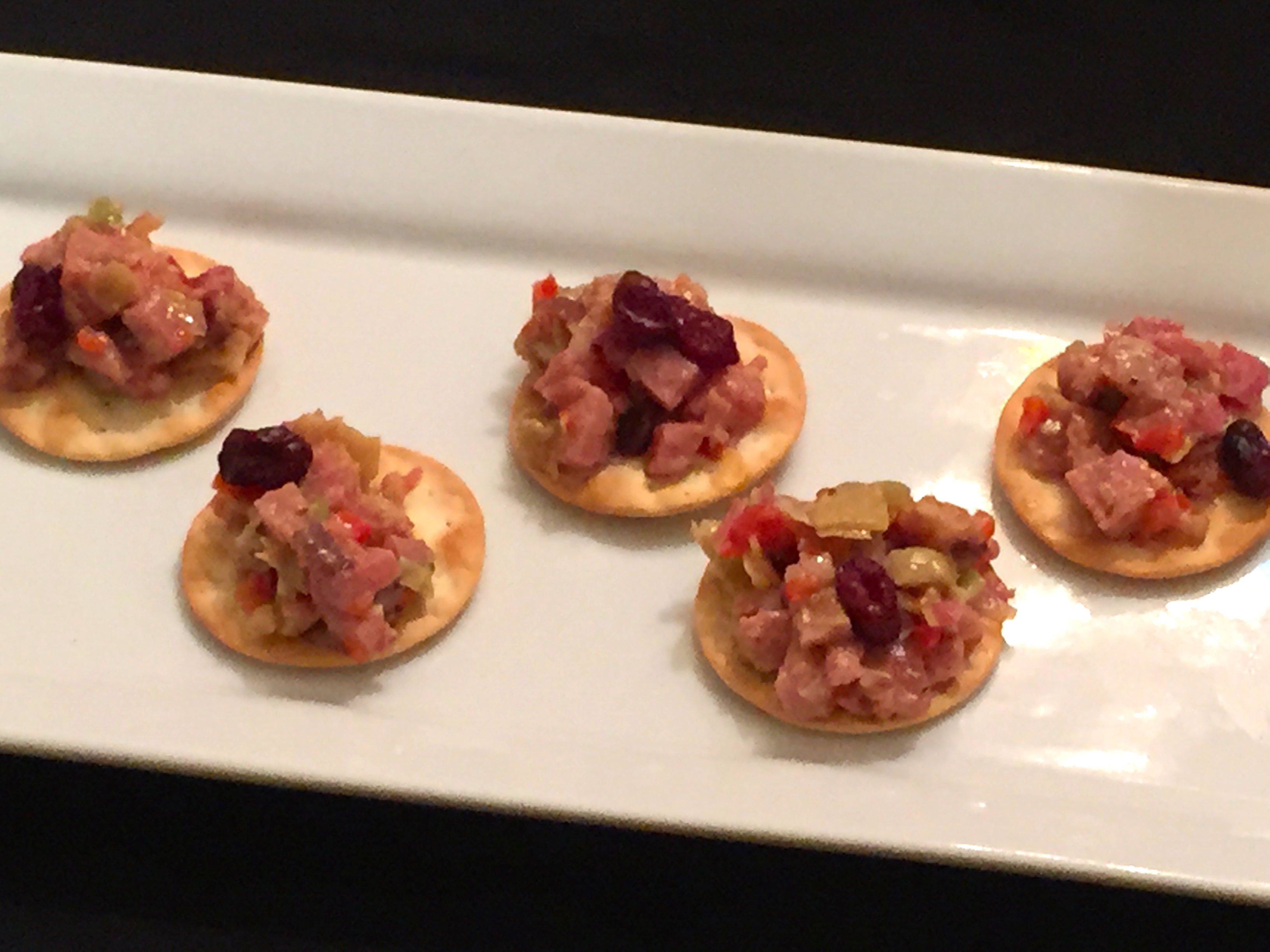Nothing conjures the primal nature of creating with fire like the sizzling aromas of grilling a thick, meaty steak —now there’s a candle scent the Boar could endorse.
Creating a great steak is mostly about getting out the way and letting the natural flavors of the meat shine. The art is selecting the best quality steak and doing as little as possible to it (sounds like a plan of leisure, but often proves harder than it seems).
Before we discuss the plan and techniques for creating a great steak, let’s salivate a bit over what we are looking for in a steak.
Here’s my order:
For my steak this evening, I desire a caramelized layer of salt and spice encrusting the delicate, sensually-marbled and sweet interior brimming with ample juices to run down my chinny-chin-chin.
Do you want something different, my friend, or shall I order a few like that?
Get to know your butcher…
The best way to select a quality steak is to discuss it with your butcher —and this probably means going to a store without self-check lines or an aisle of Bermuda shorts. Your butcher can help you understand the different cuts, serving size, and quality of the steaks. Here are some of my thoughts:
1. For grilling, I like thick cuts (one-and-a-half to two inches thick). This allows you to caramelize the outside without overcooking the inside.
2. I prefer bone-in cuts such as a bone-in ribeye, bone-in filet, or porterhouse. The bone helps guard against overcooking, adds to the presentation, and allows for gnawing…
3. Look for a steak that has good marbling of fat throughout. As the fat melts during cooking it flavors the meat and keeps it from drying out.
Let your steak warm a bit…
Before seasoning and grilling your steak, let it sit a spell and warm to room temperature —usually thirty minutes to an hour works (good time for a cocktail or two). Allowing the steak to warm results in better caramelization as cold meat does not brown very well. Avoid salting the steak until just before cooking because it will dry it out.
Start your fire…
For steaks, setting up your grill for direct heat works best. This means having the cooking grate directly over the coals. Adding more hot coals to one area in your grill creates a searing zone —which helps with the caramelized crust. The searing zone should be very hot and the rest of the grill should be a medium zone. For a refresher on how to set up the fire and when it is ready to cook click here.
Season boldly…
Just before grilling is the time to add the salt and spice. Remember that you are only seasoning the outside of the steak so be bold and generous. This is one of the areas where I think getting out of the way is important. Instead of using the whole spice cabinet, my preference is to coat the steak with olive oil, fresh-ground black pepper, and kosher salt (lots of pepper and salt, I can tell what you have in mind is not enough, be bold, my friend).
To the grill…
Start by searing the steaks on the hotter section of the grill (no more than two minutes per side). Note: when turning the steaks use tongs instead of a fork as we do not want any extra juices escaping.
Once the steaks are seared move them to the medium zone. Allow the steaks to cook until they nearly reach your desired doneness (for me, that’s pretty rare so depending on thickness, I rarely cook mine for more than three or four minutes per side). The reason I say “nearly” to your desired doneness is because the steak will continue cooking for a few minutes after you take it off the grill.
You can check the temperature by using a meat thermometer or cutting into the steak (but both methods result in a loss of juices) or you can use the touch test (google “how to tell if a steak is done by touching it” for more information).
Butter makes everything better…
One of my favorite tricks is to sauté a pan full of sliced onions and garlic in butter on the grill with the steaks (I usually put them on the grill before the steak). I then spoon butter from the pan on the steaks during the cooking (and quite a bit just as I take the steaks off the grill), and the onion and garlic makes for a nice accompaniment to the steak.
Let it rest…
To help the juices settle, allow your steaks to rest for ten to fifteen minutes after you take them off the grill. I like to loosely tent them with foil while they rest.
To serve, heap some more butter on top of the steak along with the sautéed onions and garlic. To enjoy, start dignified with knife and fork, but end by animalistically gnawing the bone.
I’m craving a steak, my friend.
